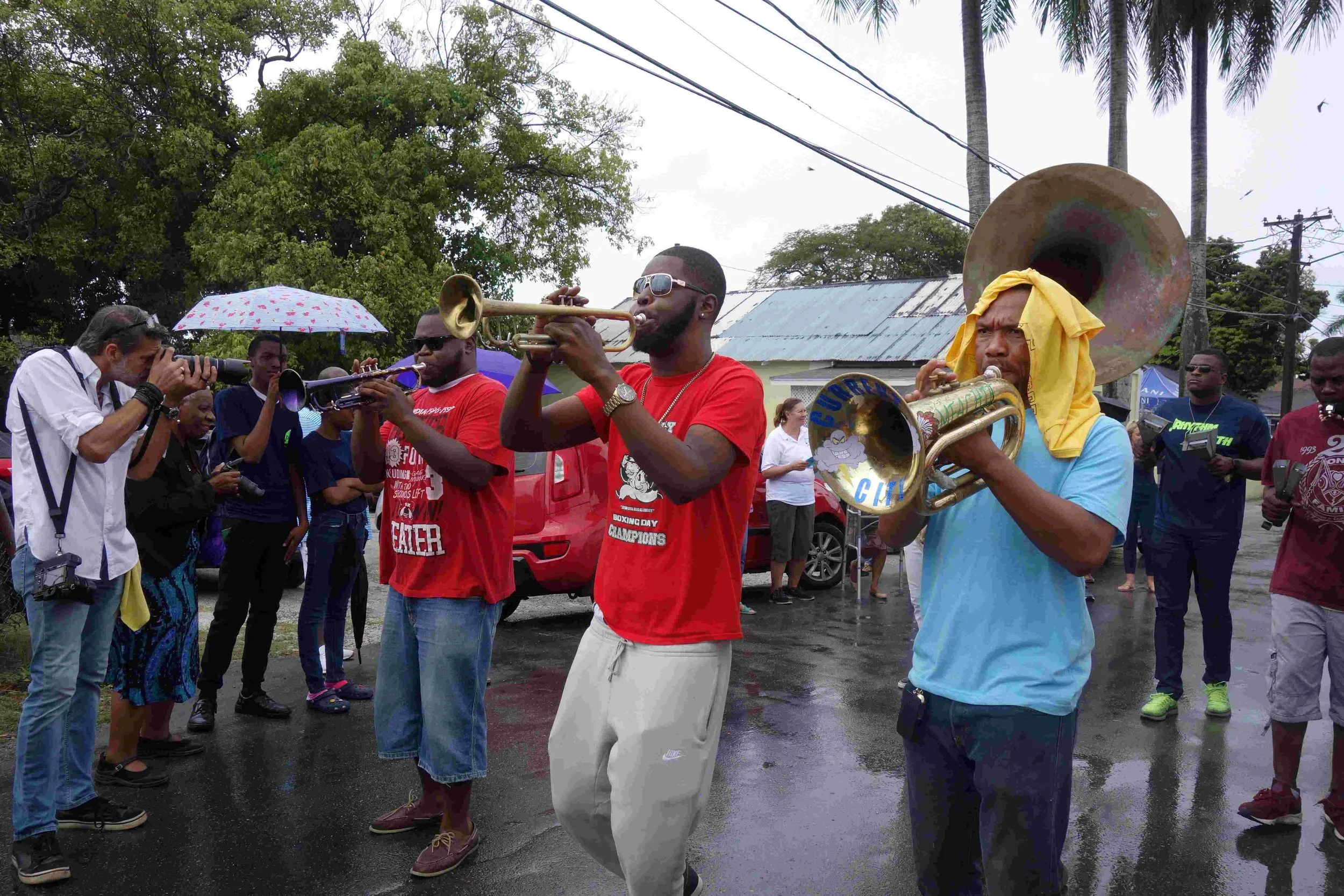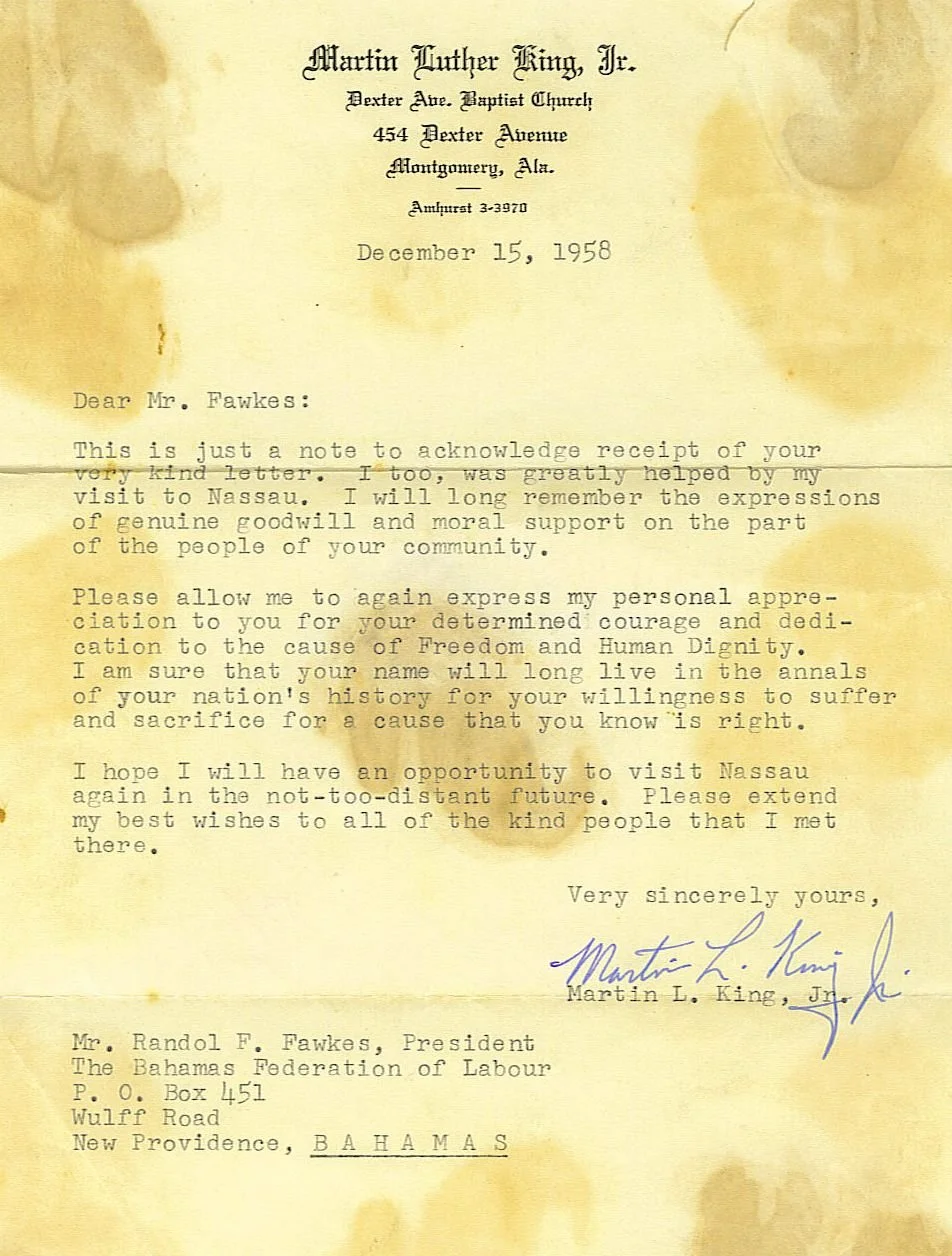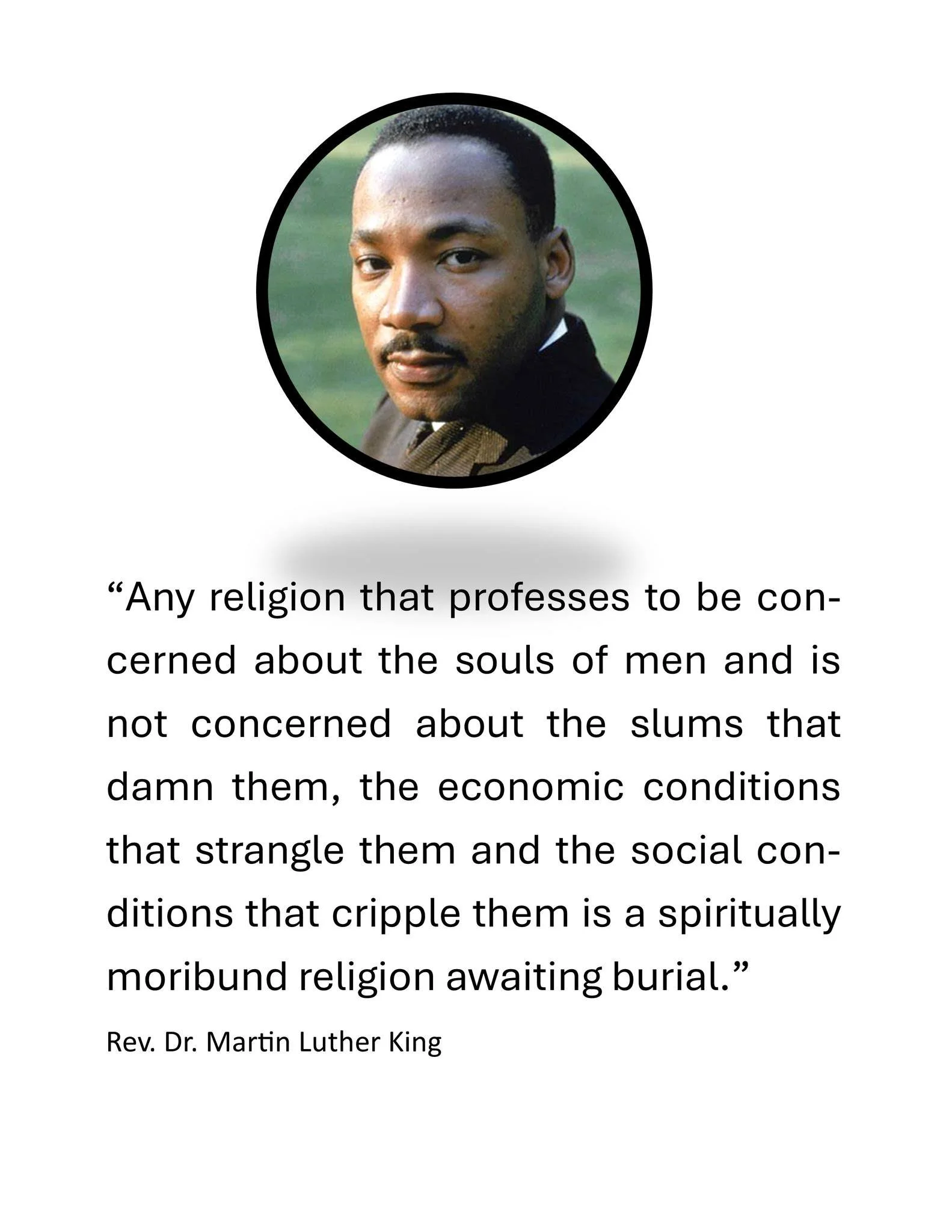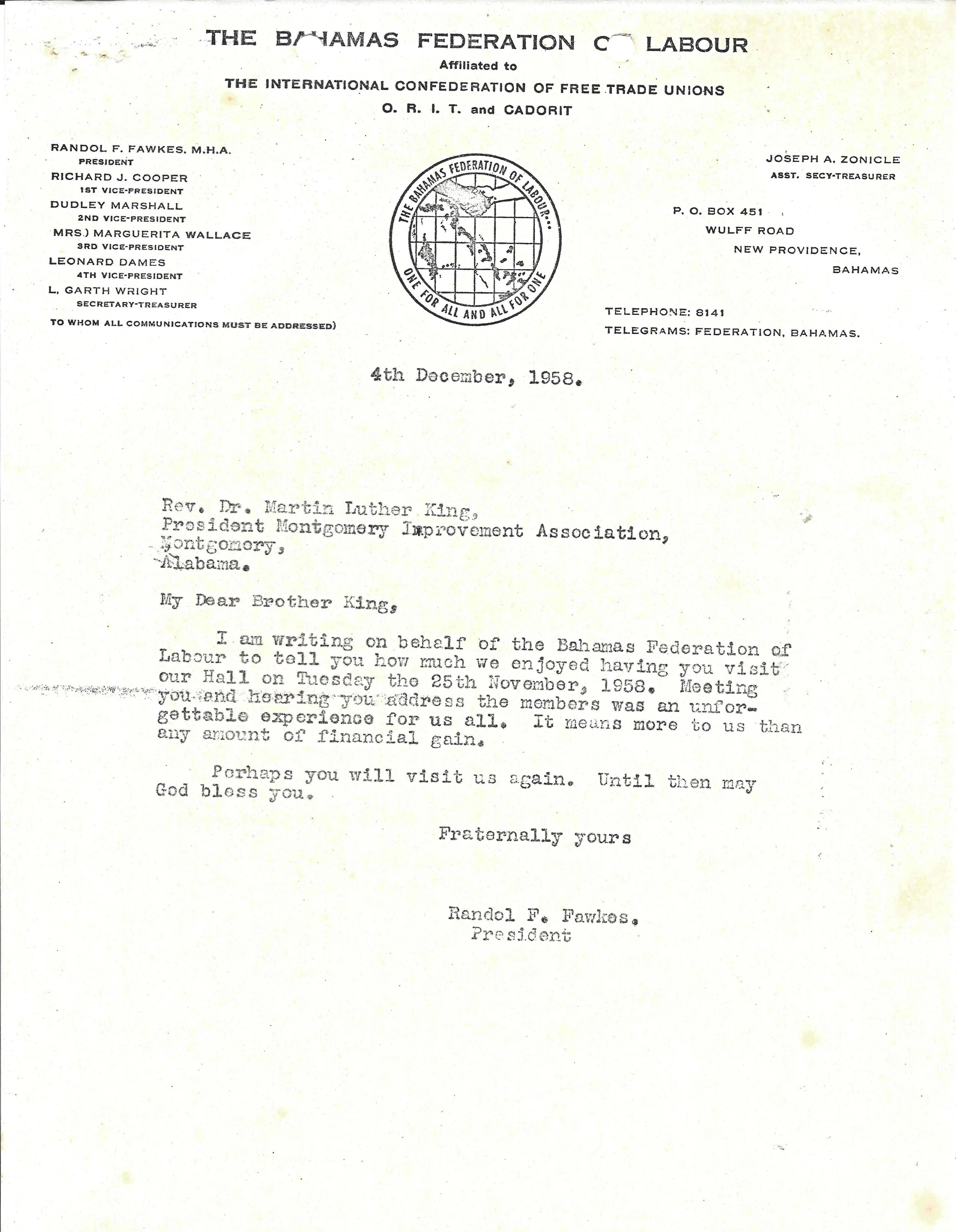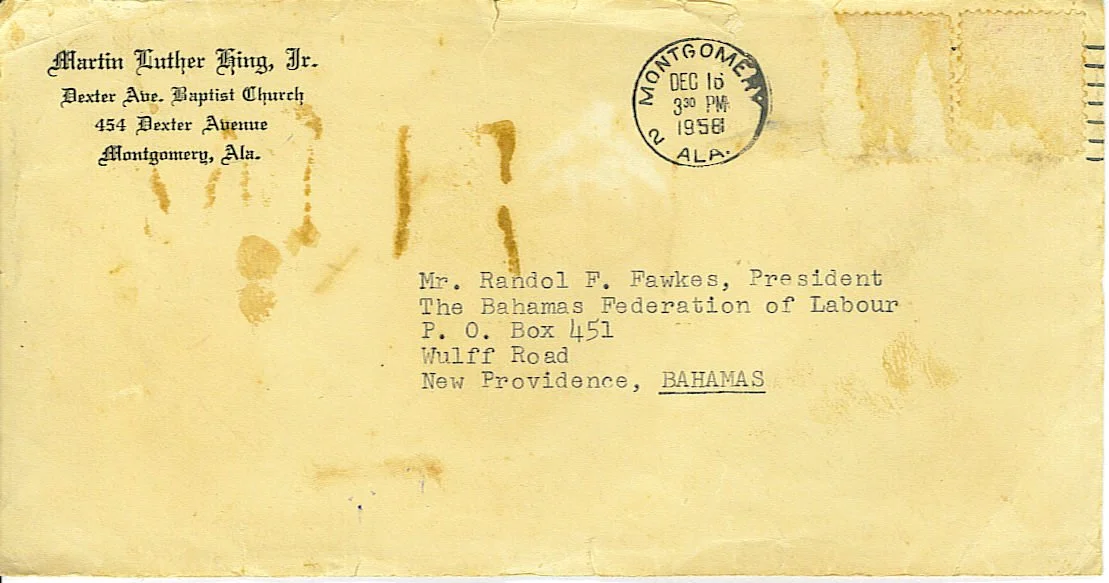FROM
MONTGOMERY, ALABAMA
TO NASSAU, THE BAHAMAS
He Came to Lend Support
The Rev. Martin Luther King Jr. flies to The Bahamas to give support to Labour leader Sir Randol Fawkes, being tried for sedition.
“Please allow me to express my personal appreciation to you for your determined courage and dedication to the cause of Freedom and Human Dignity. I am sure that your name will long live in the annals of your nation’s history for your willingness to suffer and sacrifice for a cause that you know is right.”
“Any religion that professes to be concerned about the souls of men and is not concerned about the slums that damn them, the economic conditions that strangle them and the social conditions that cripple them is a spiritually moribund religion awaiting burial.”

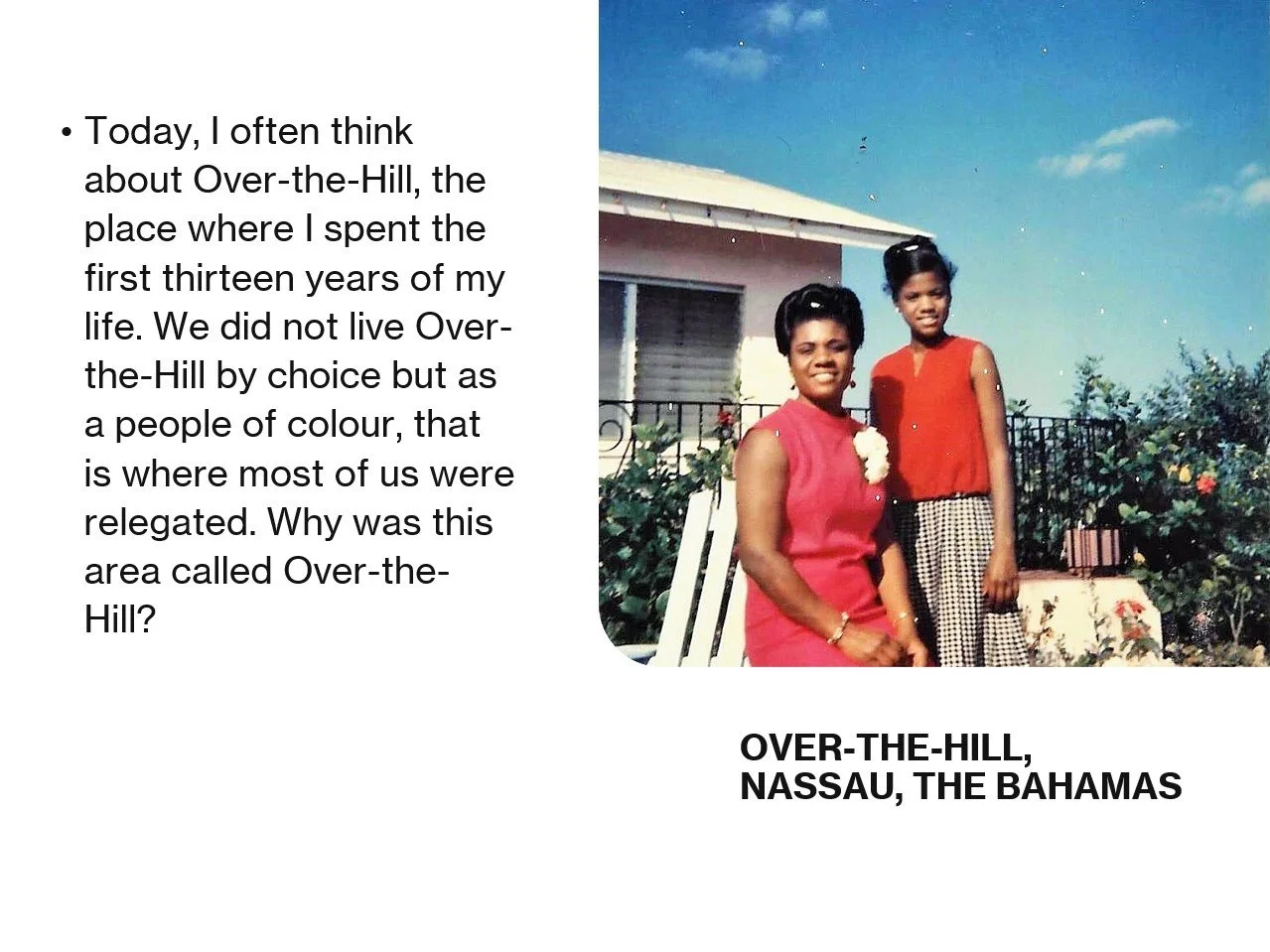
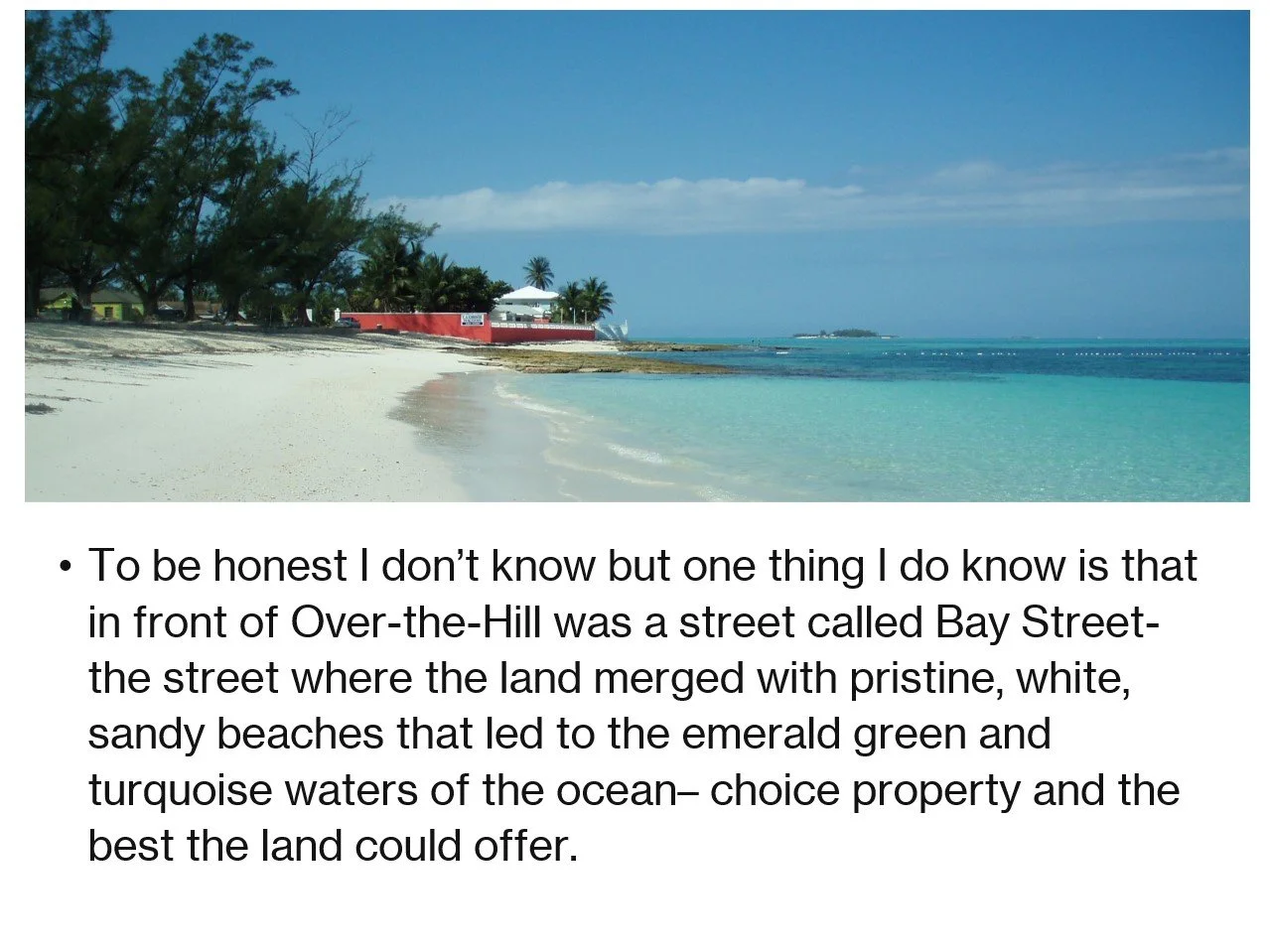
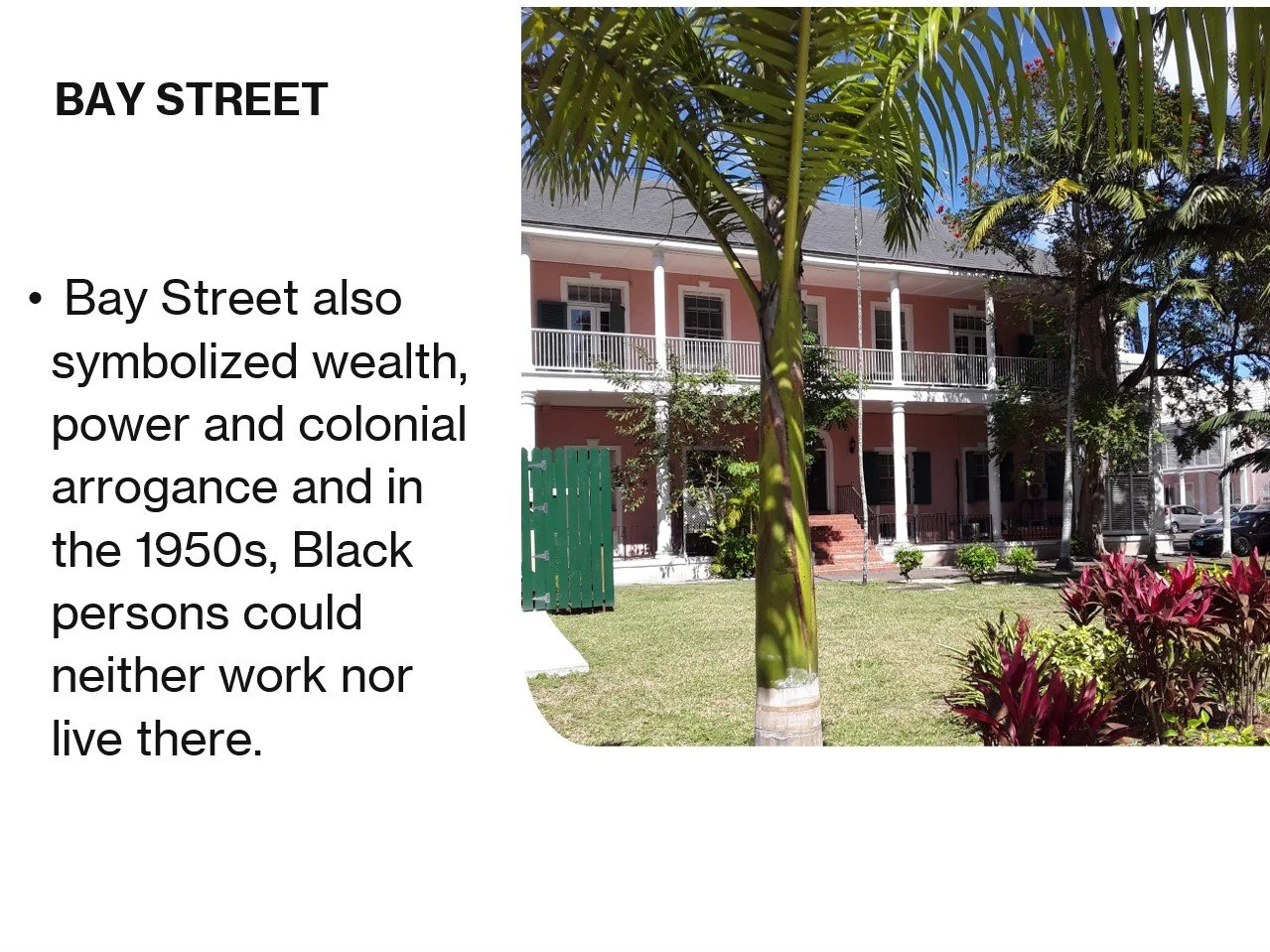
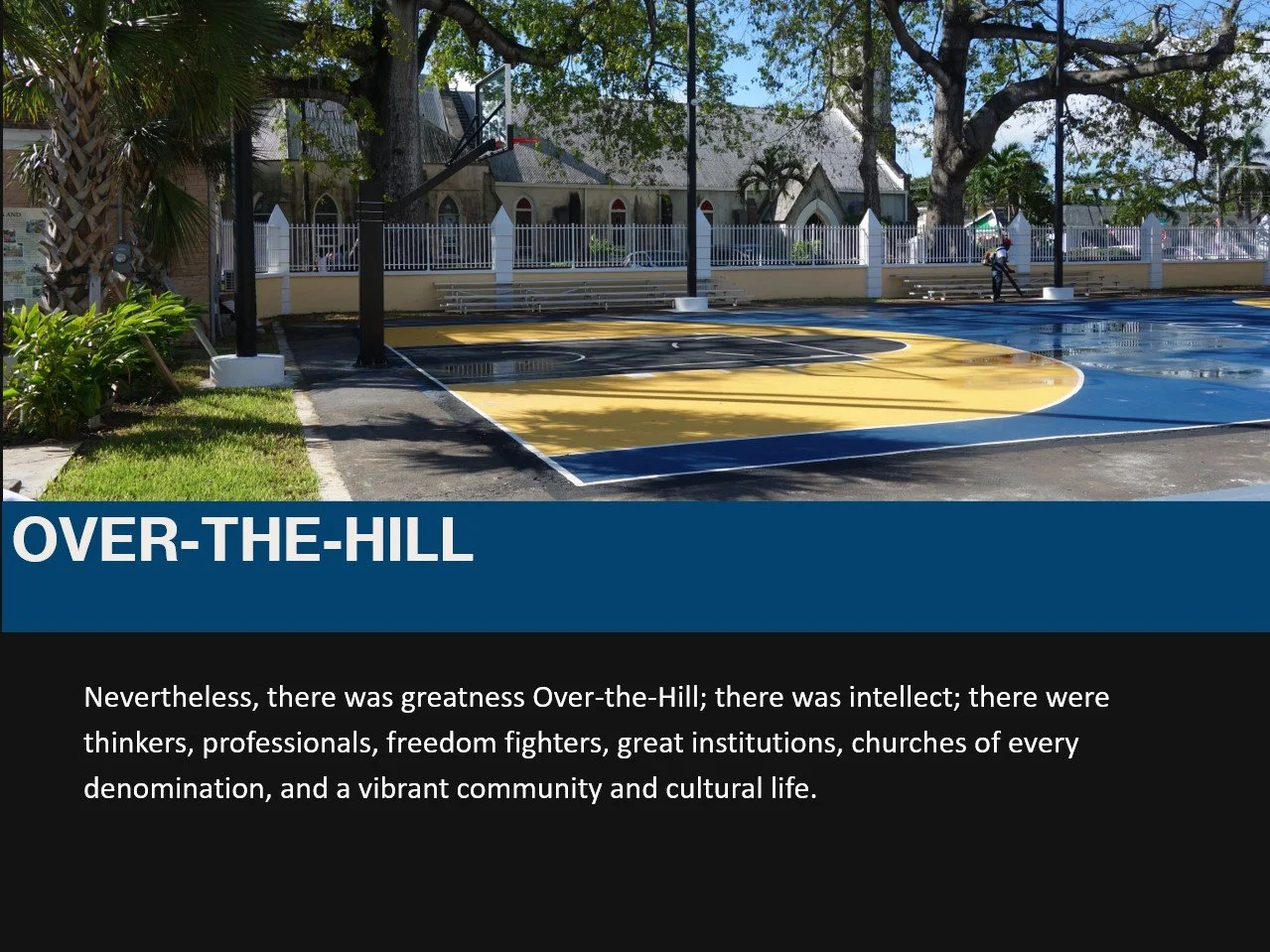
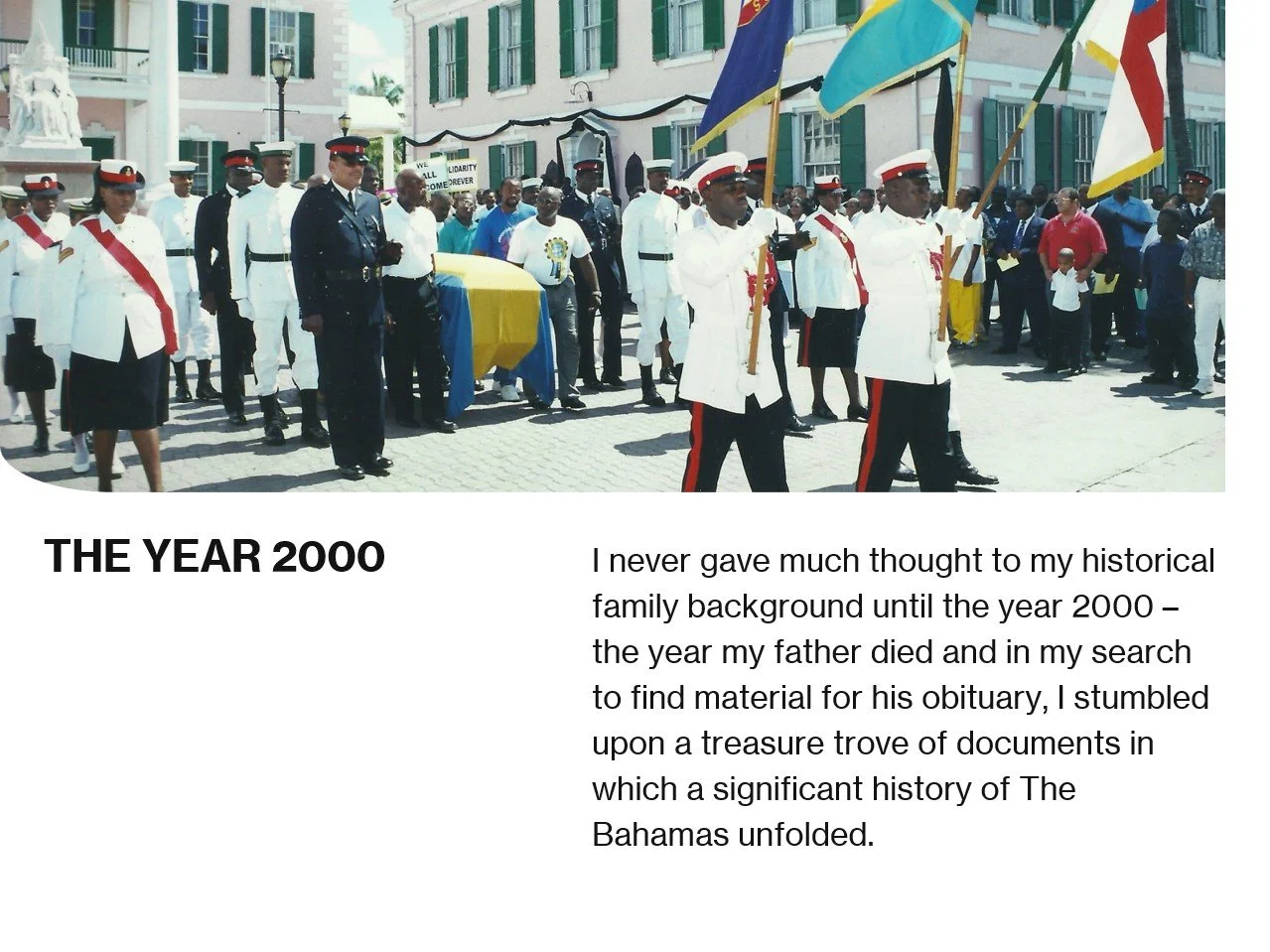
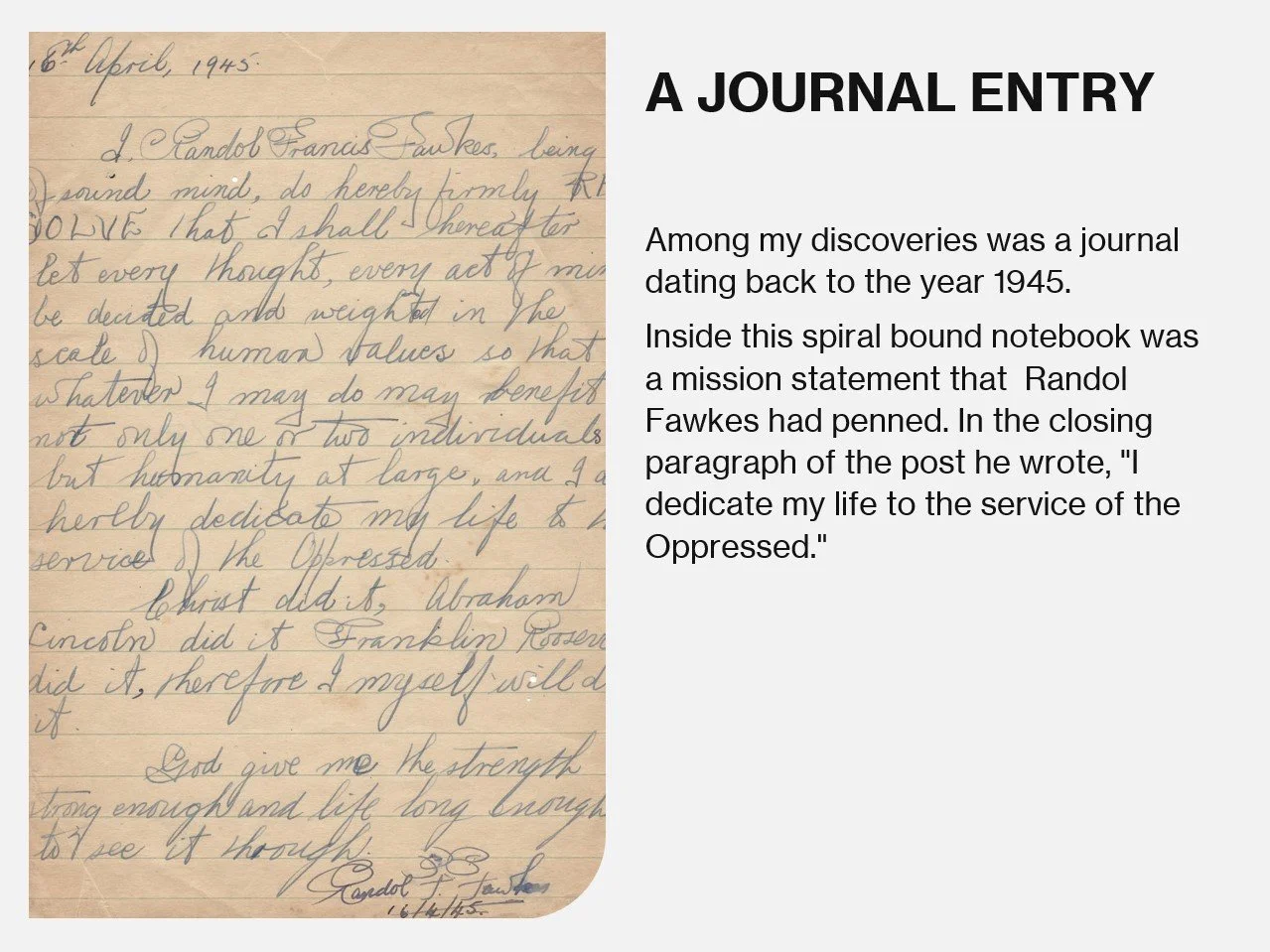
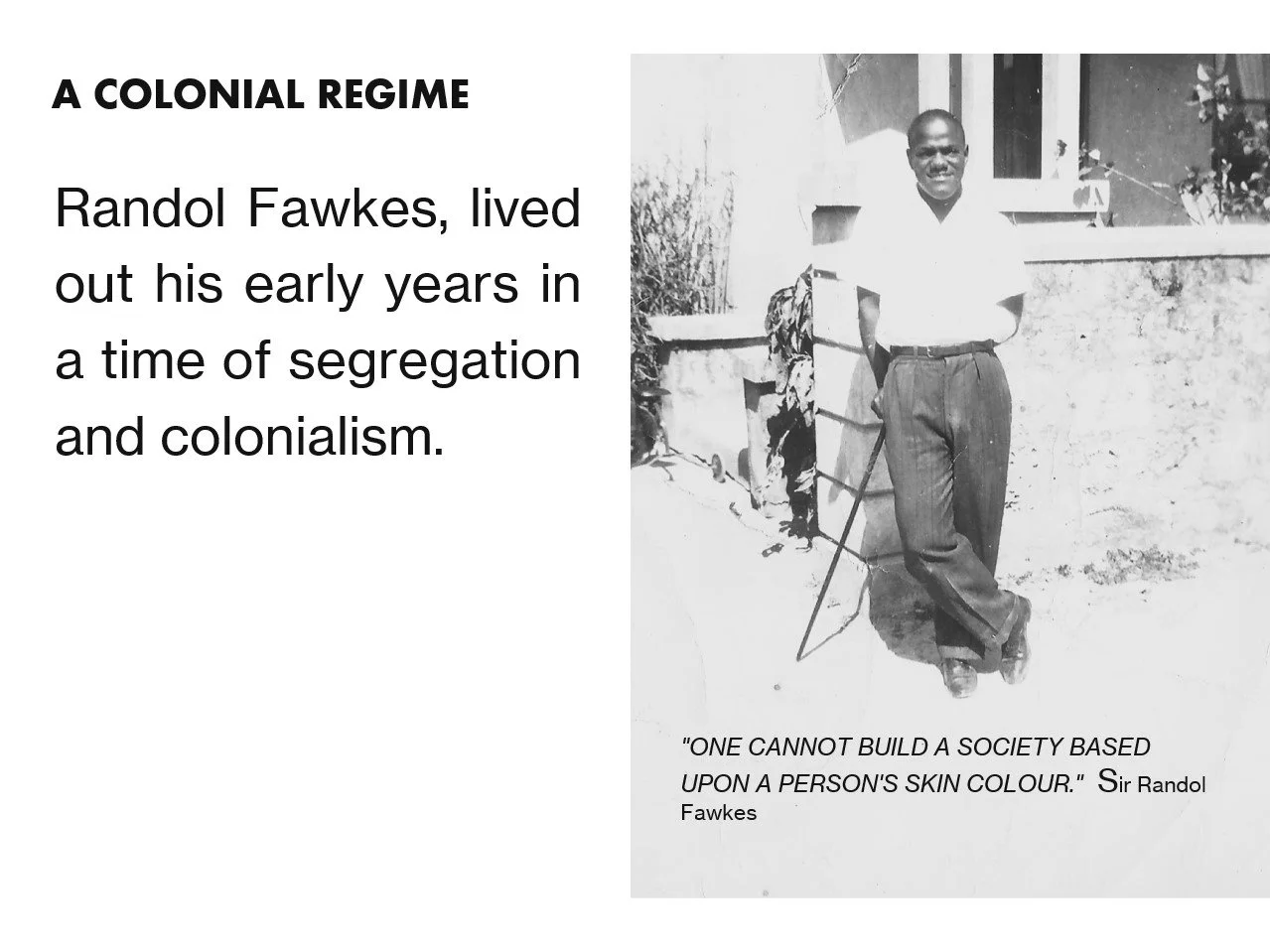
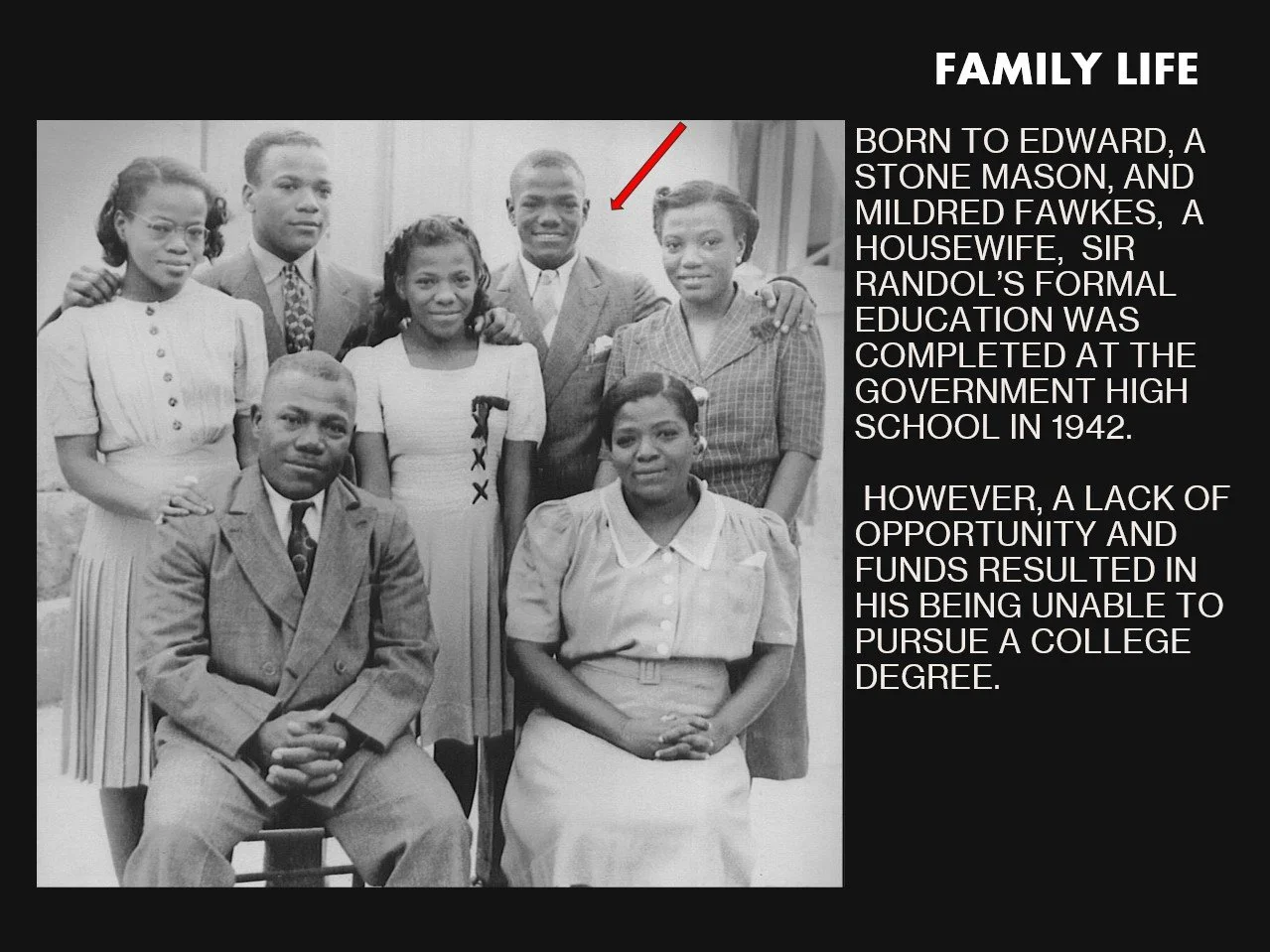
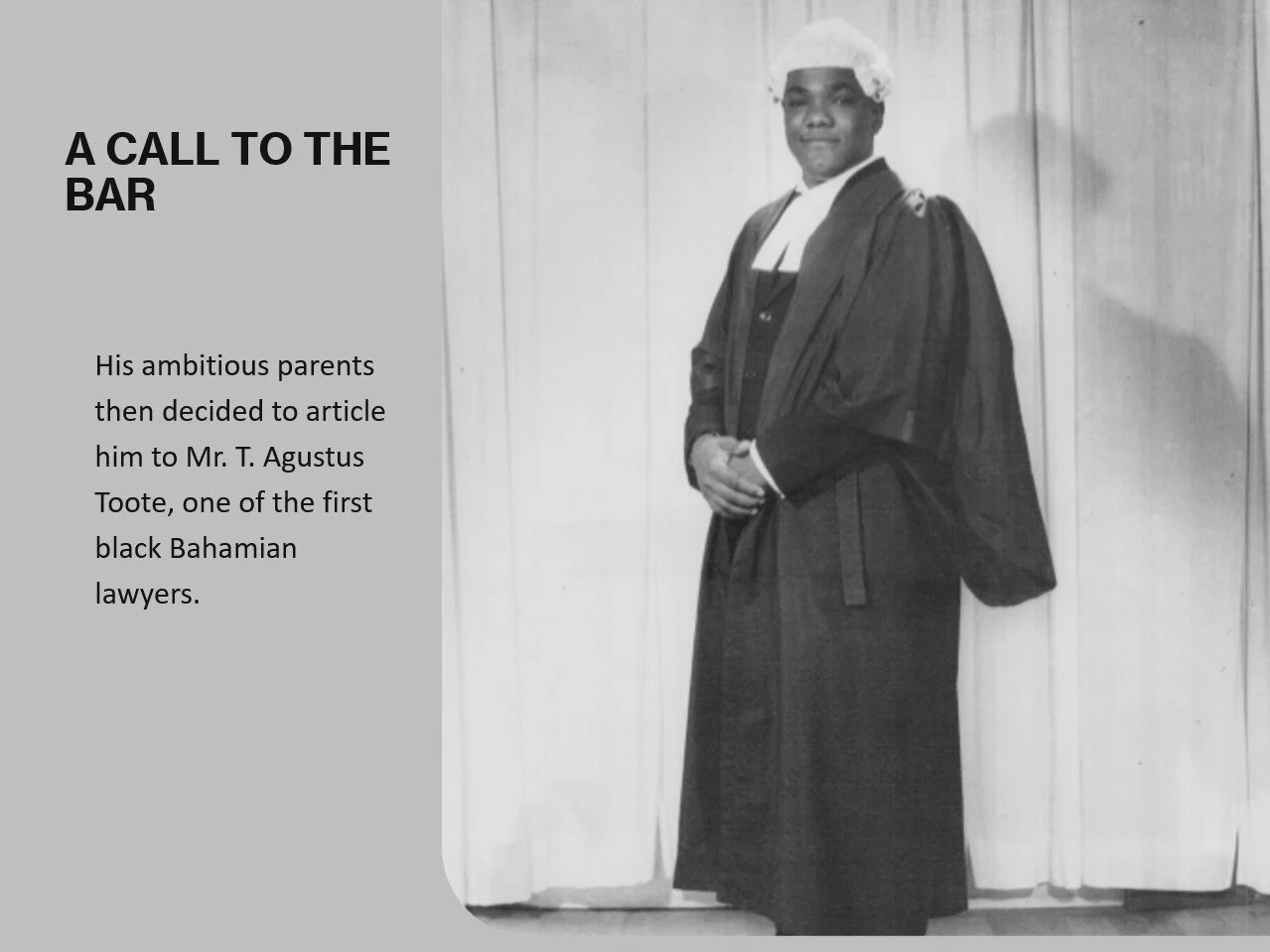
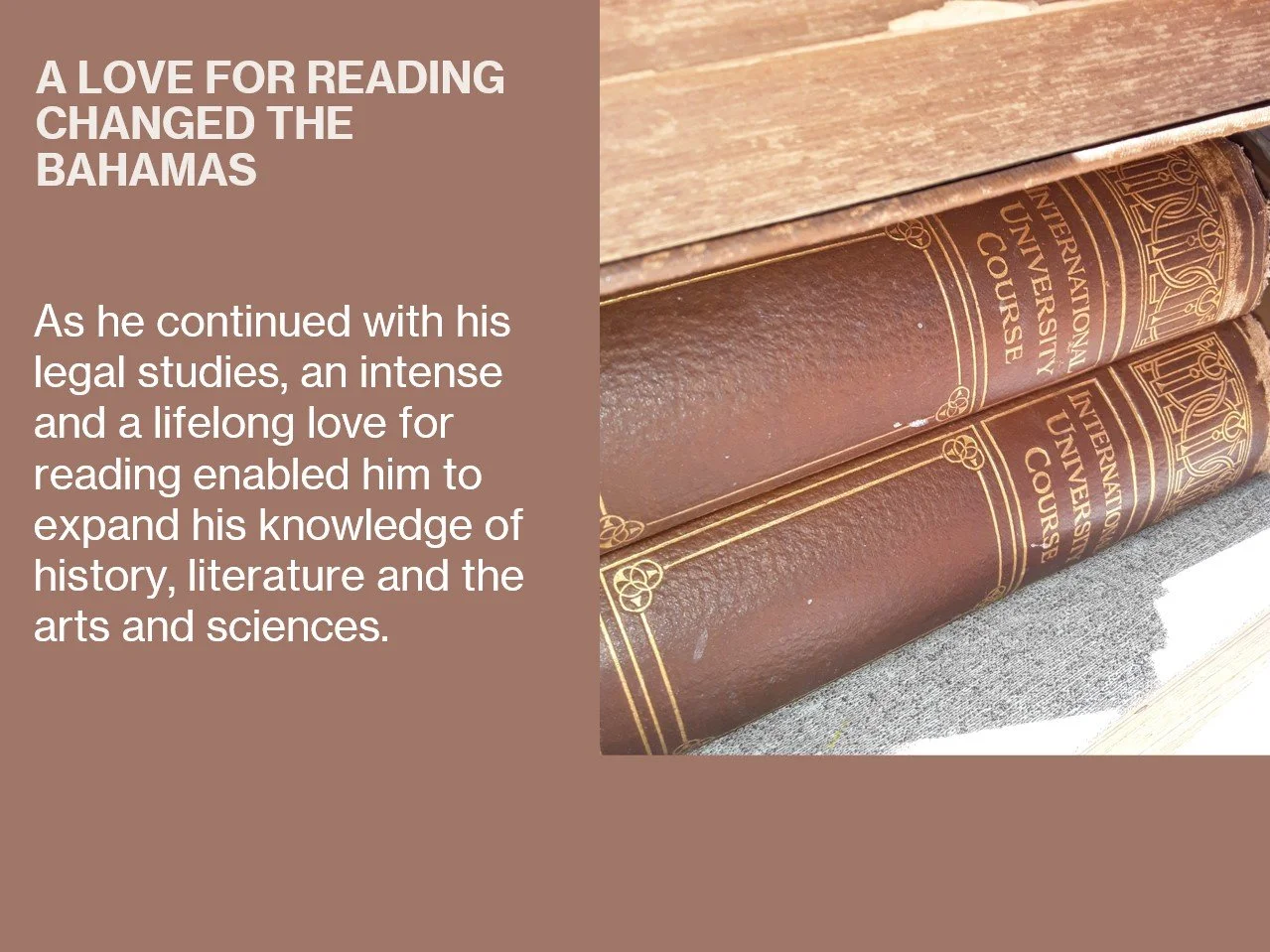
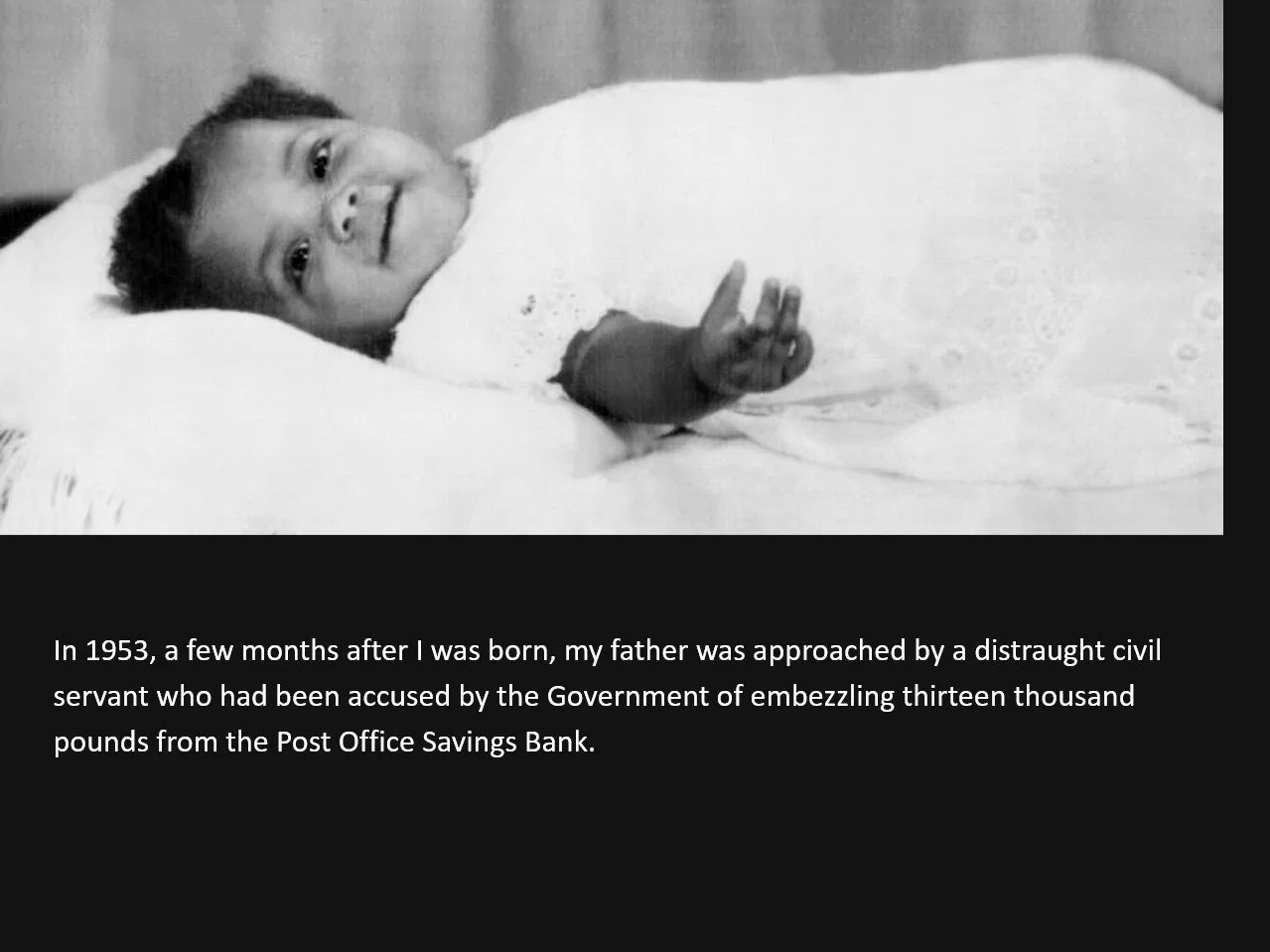
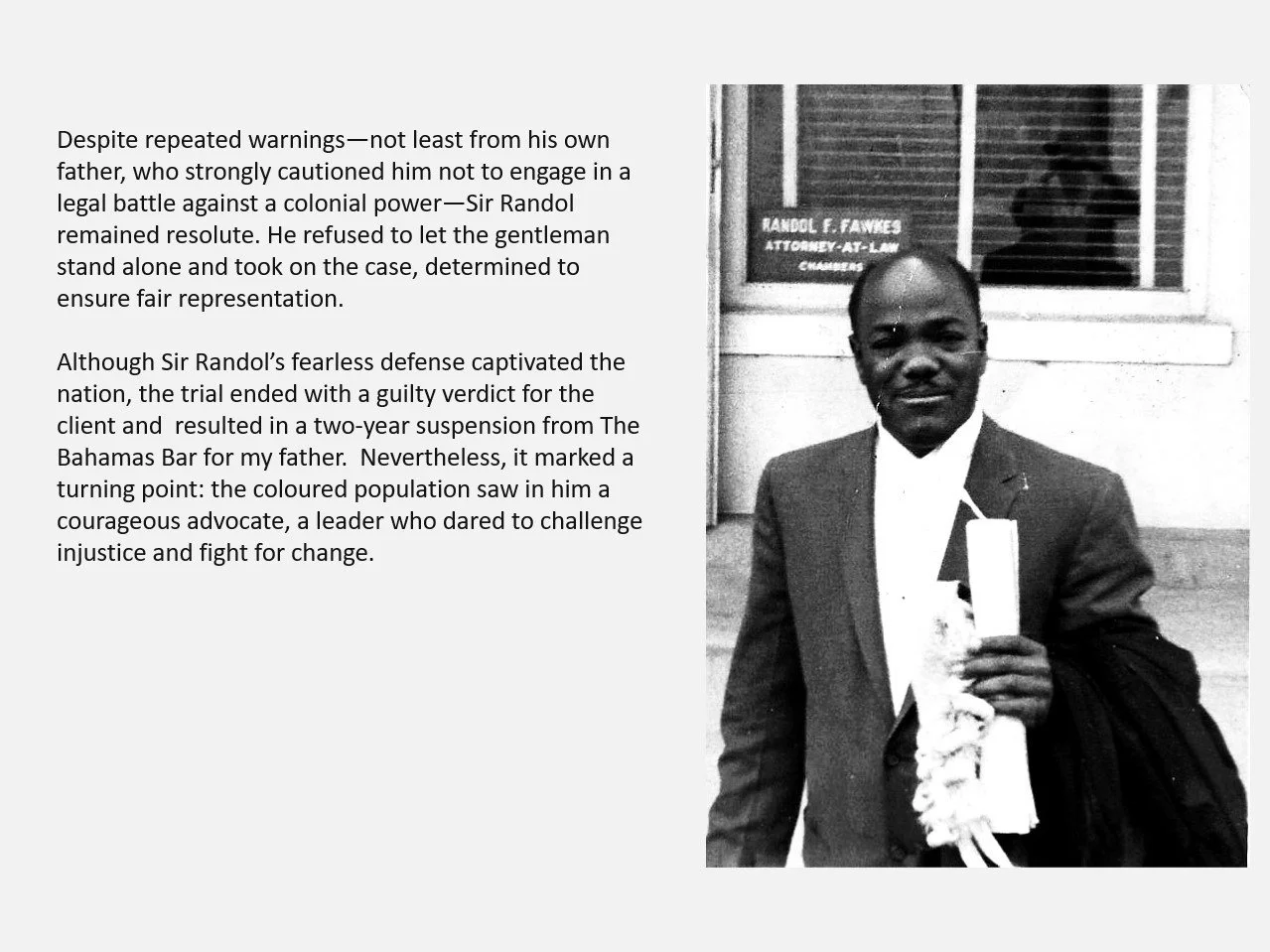
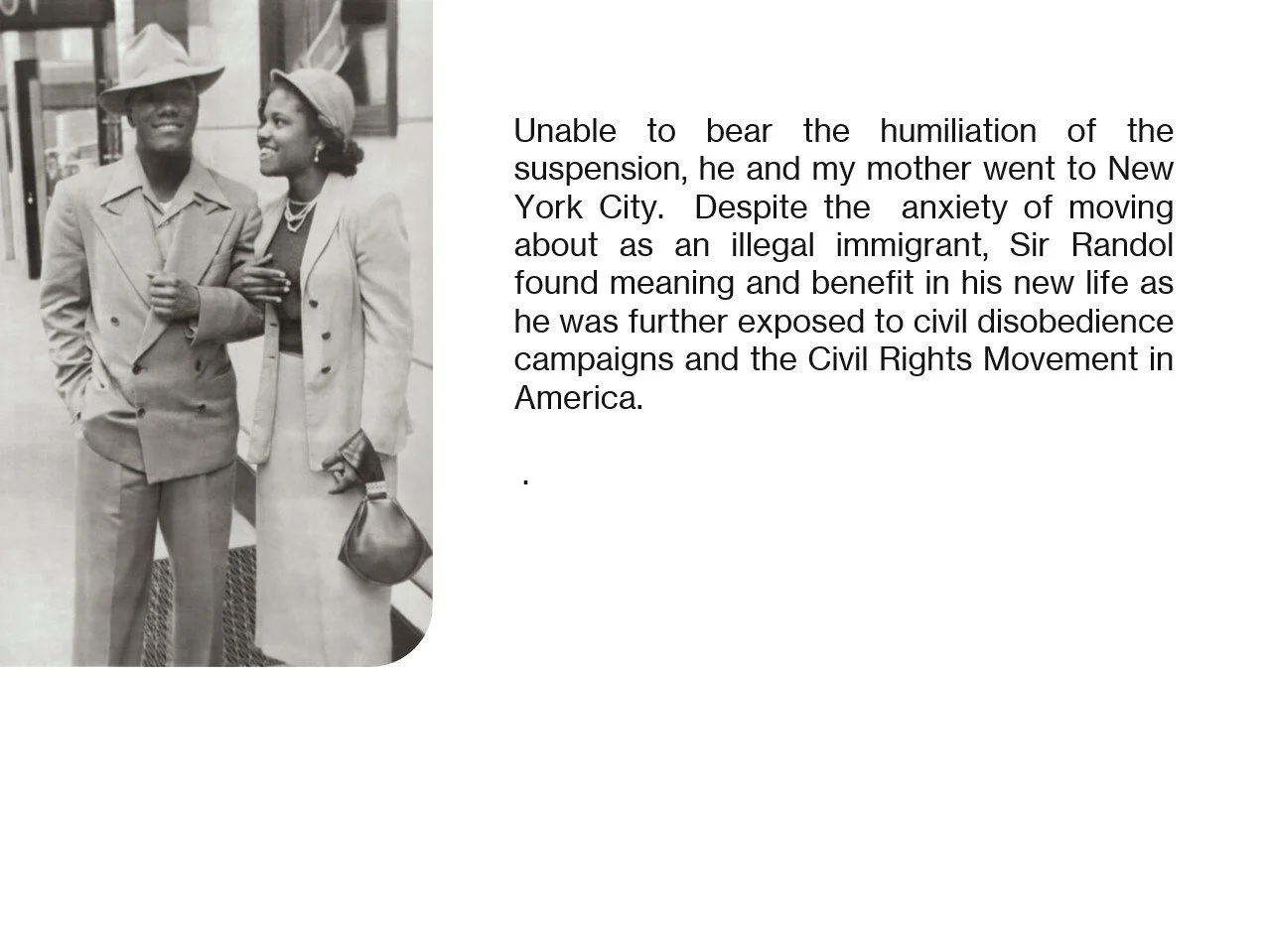
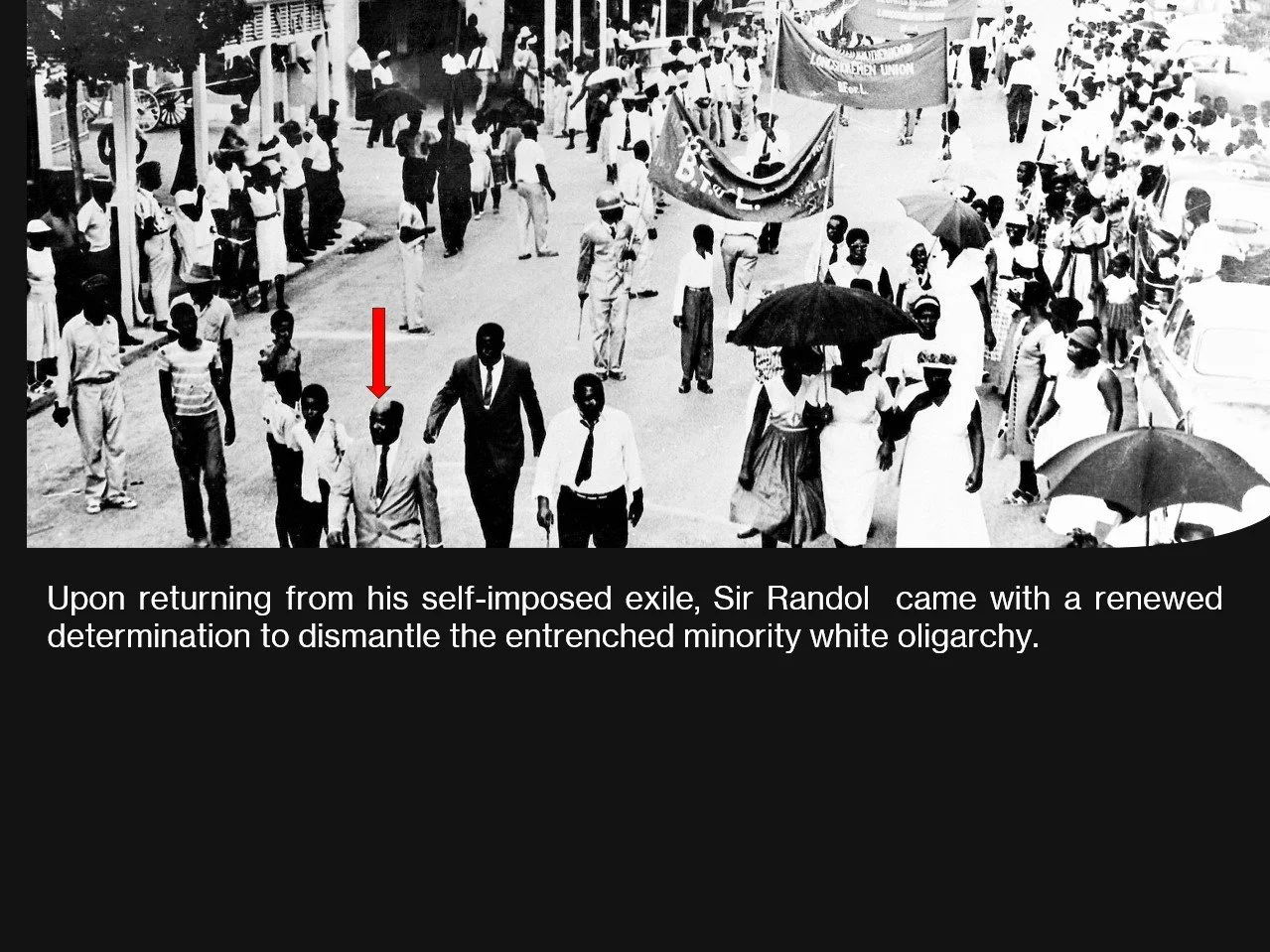
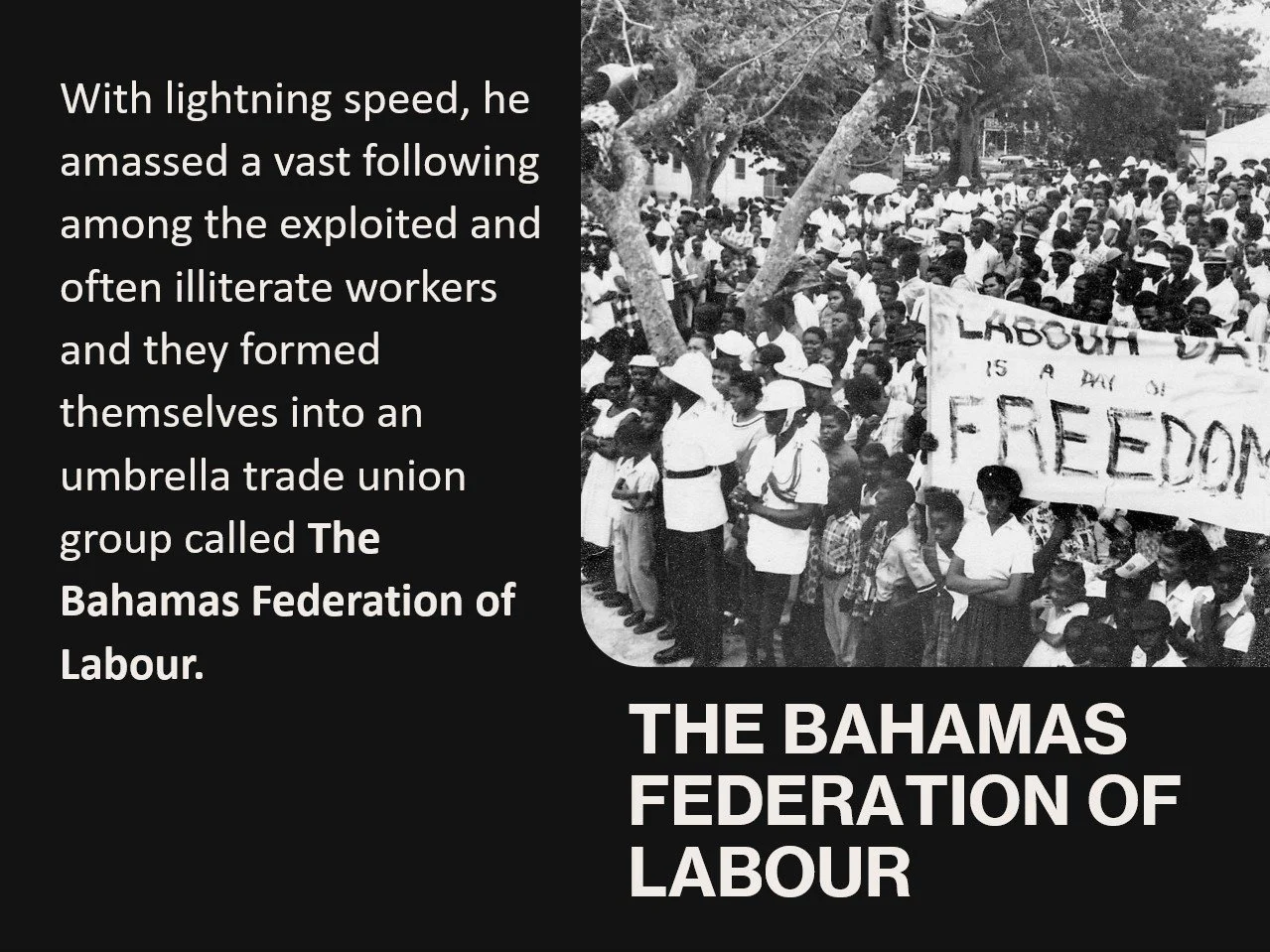
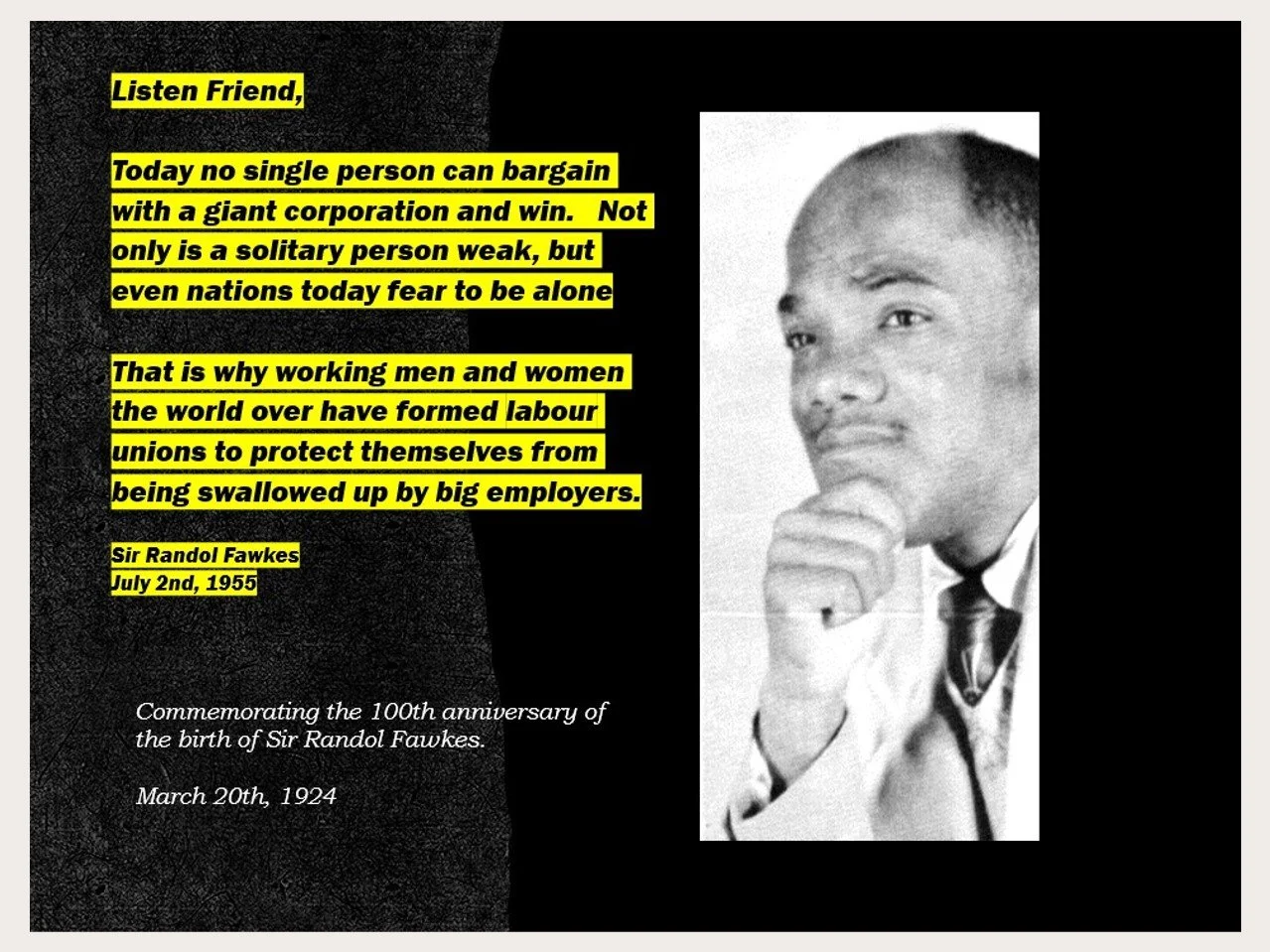

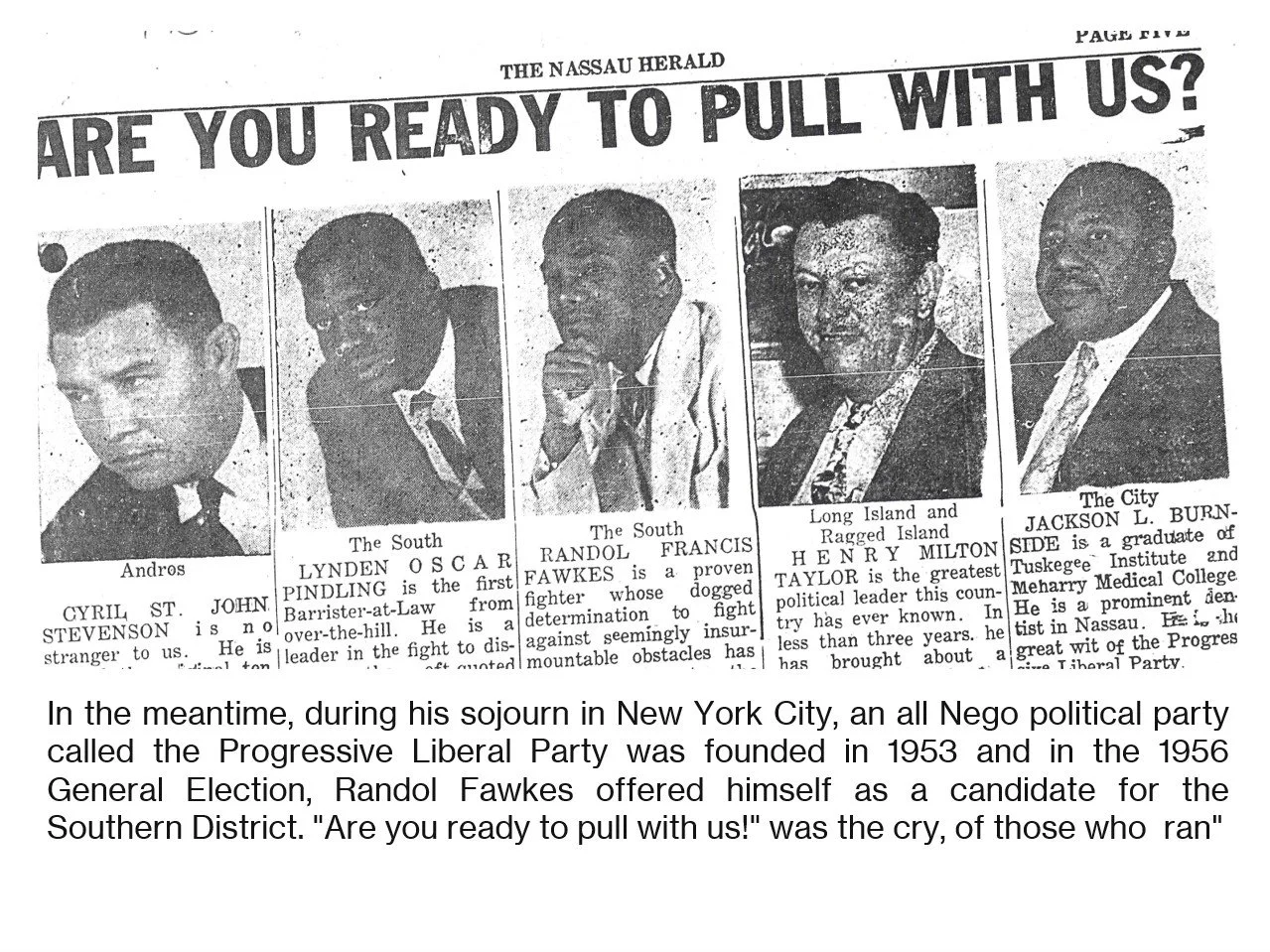
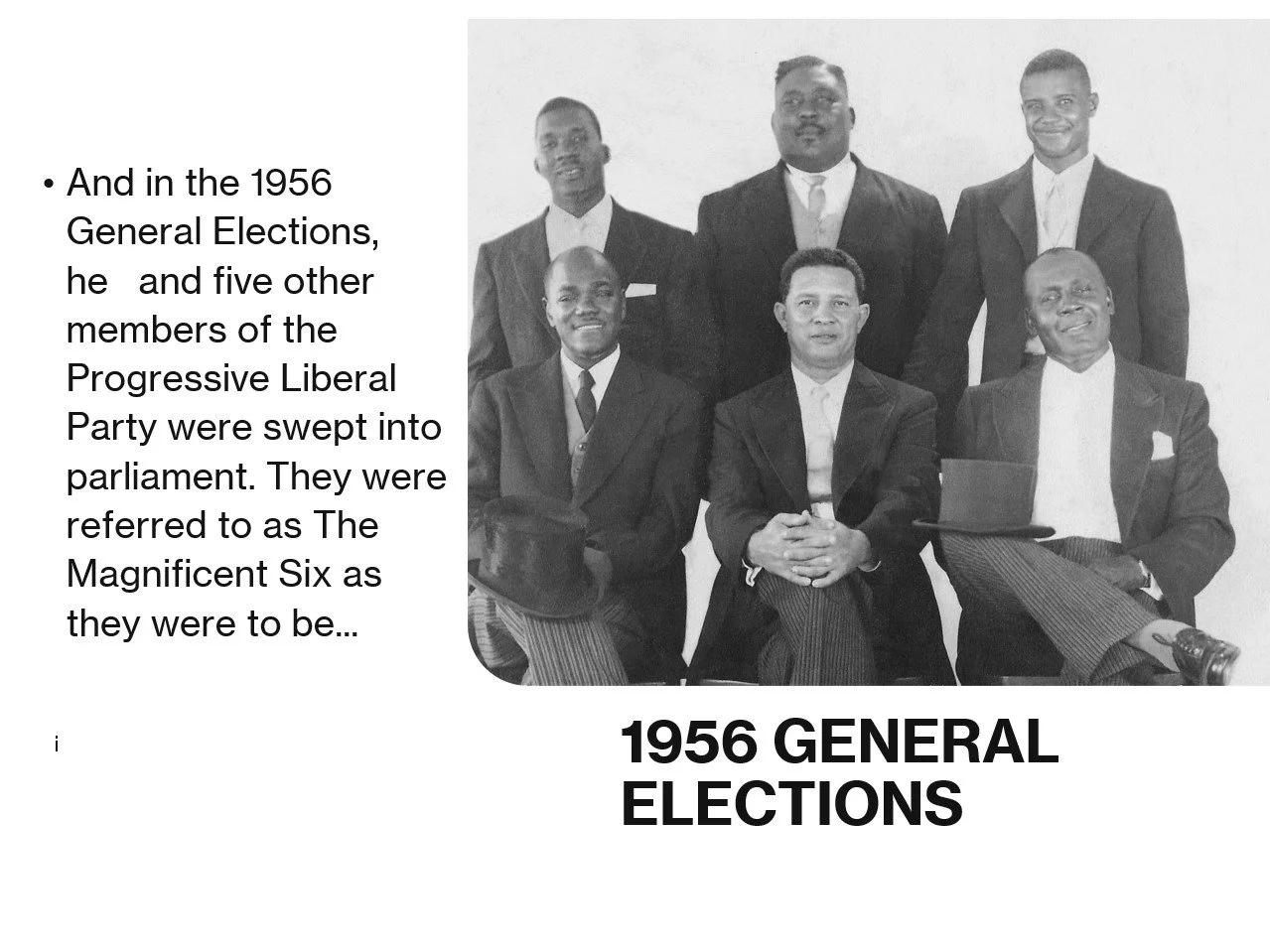
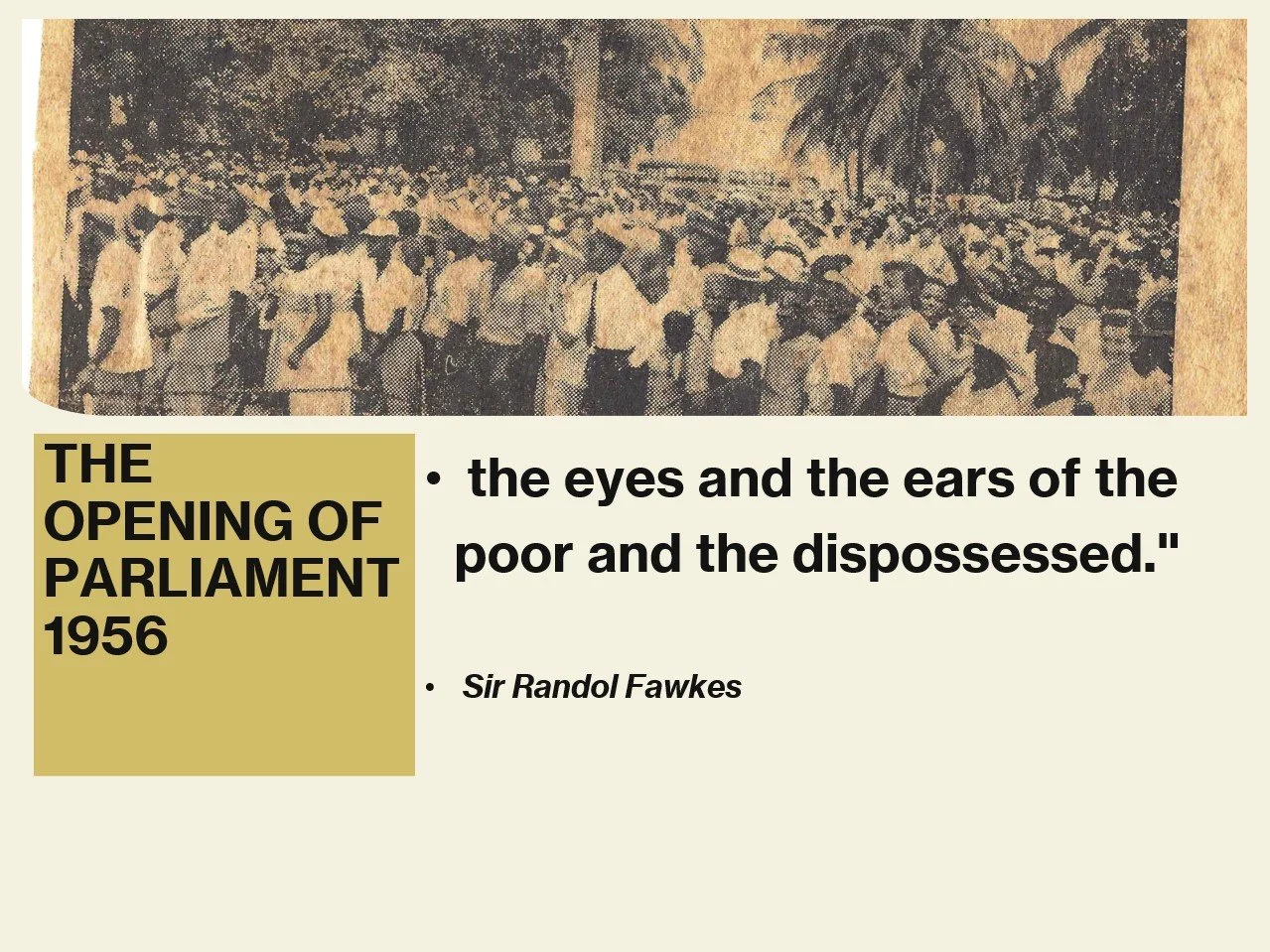
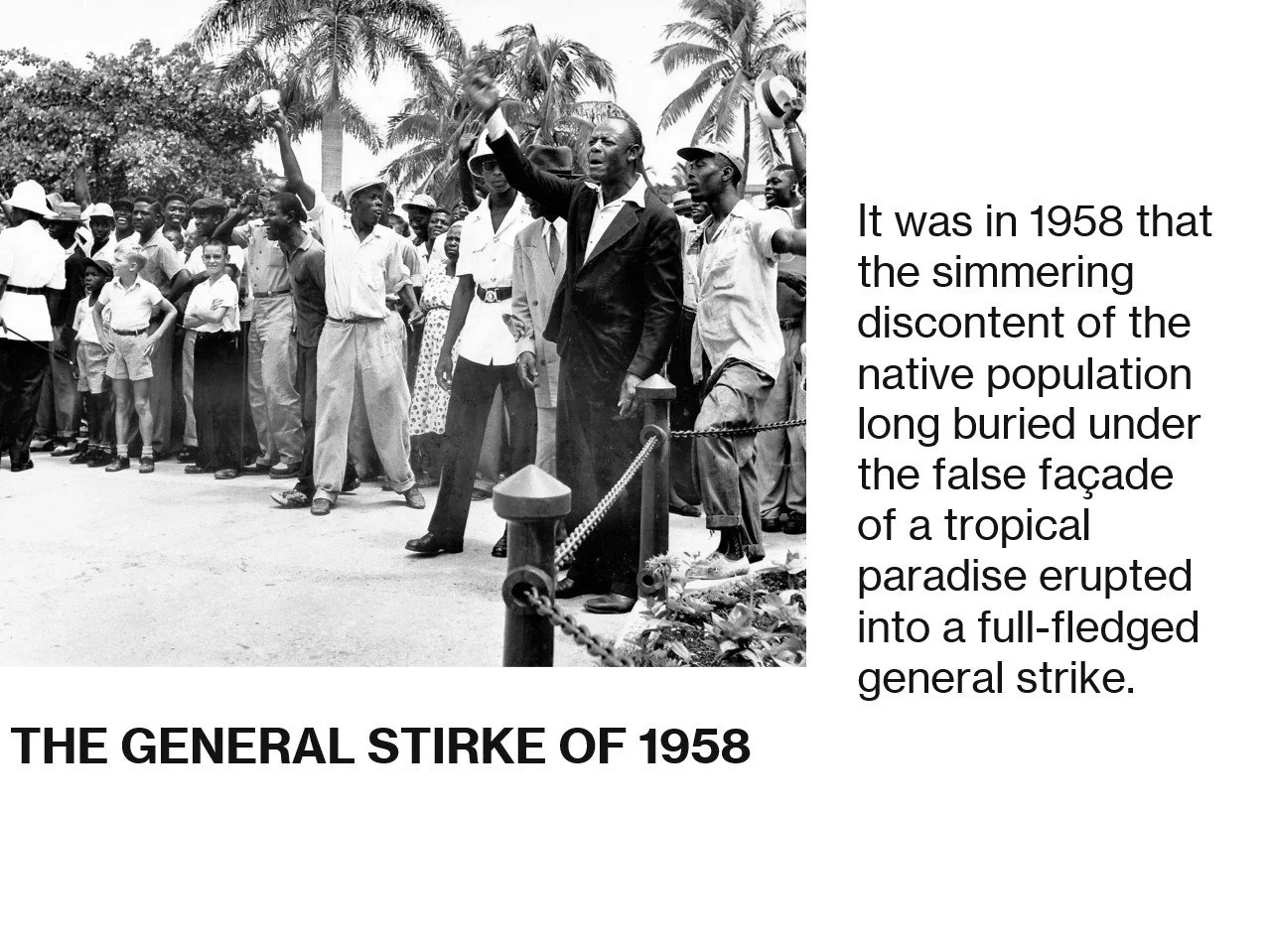
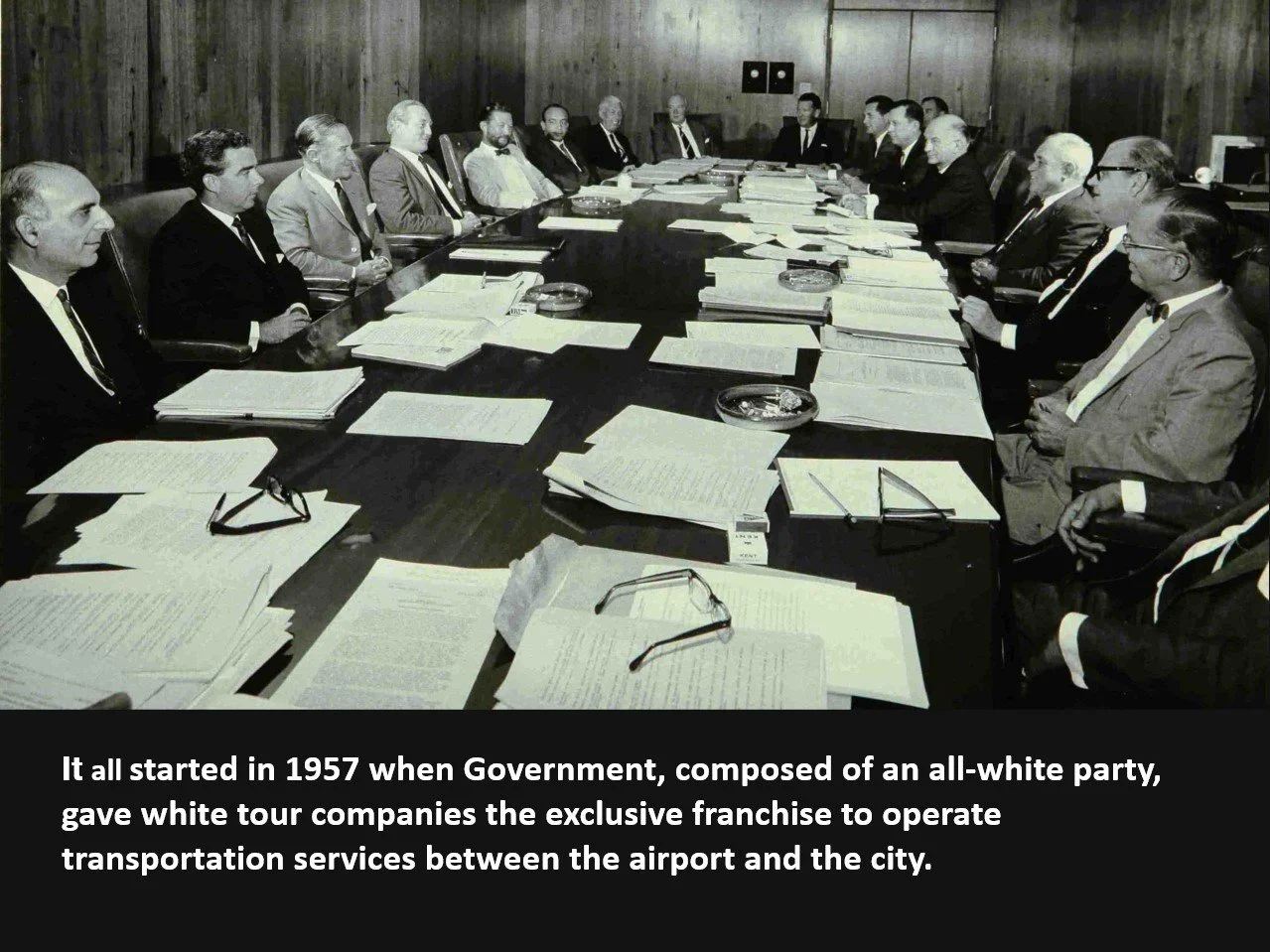
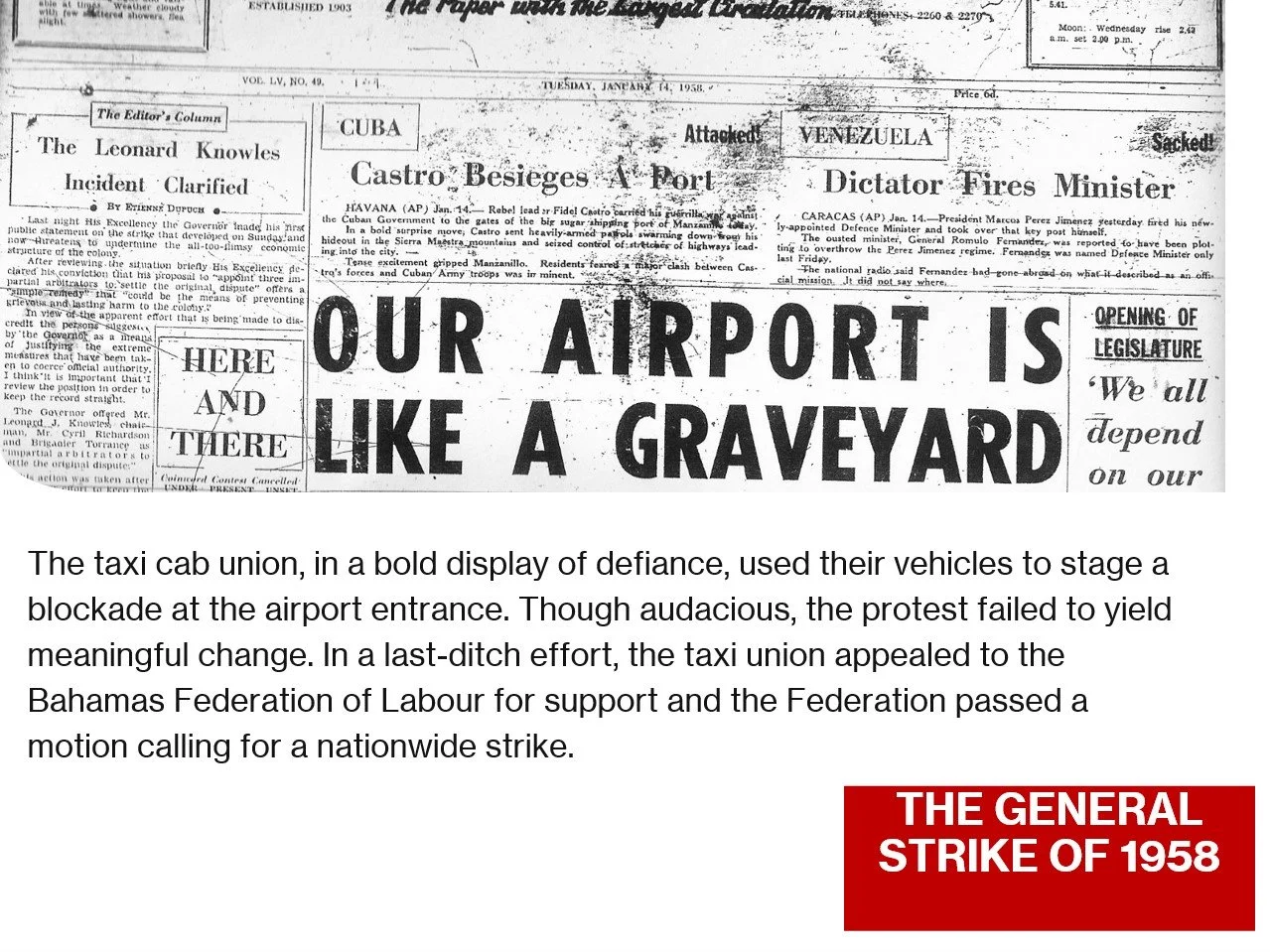
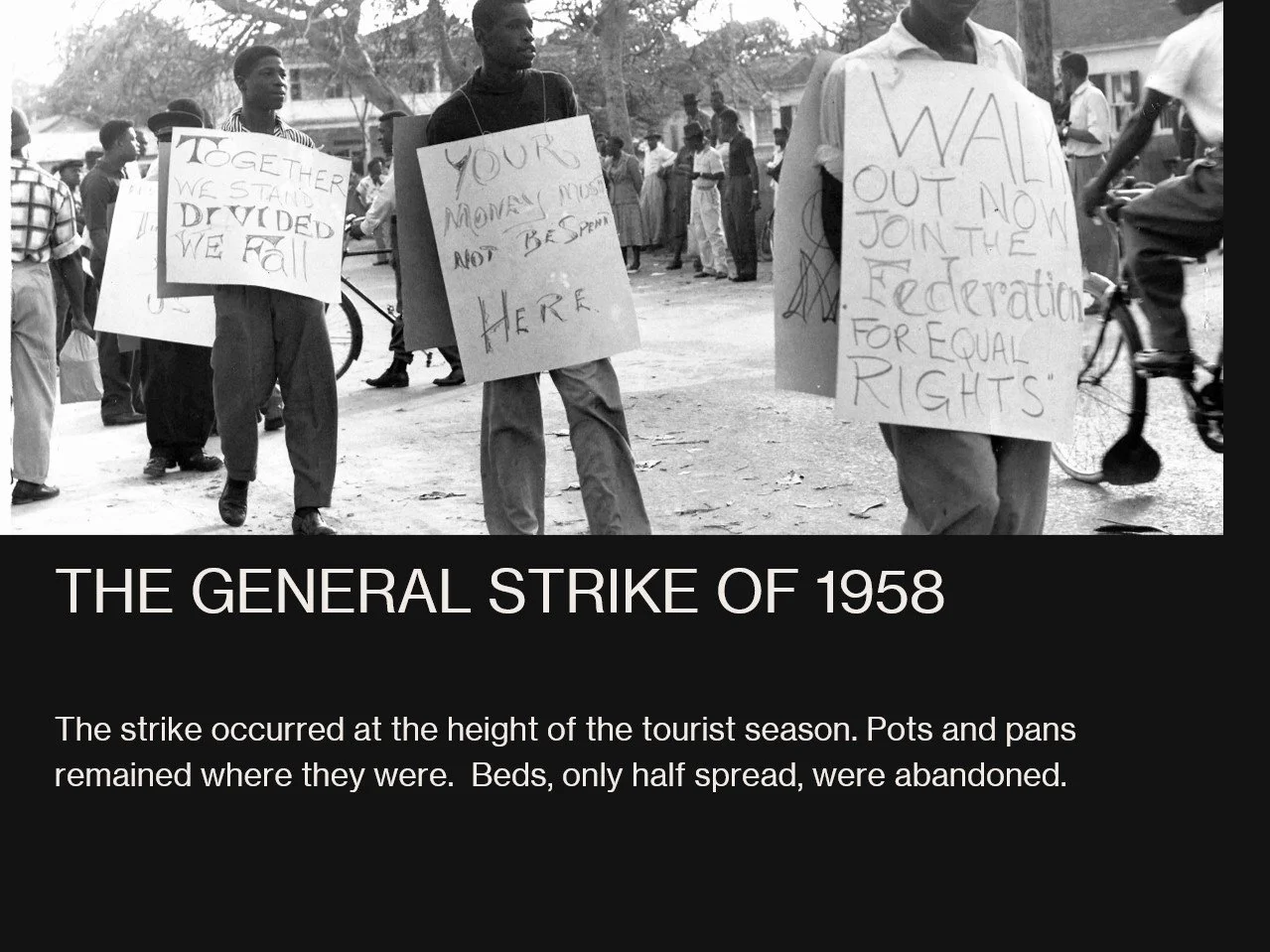
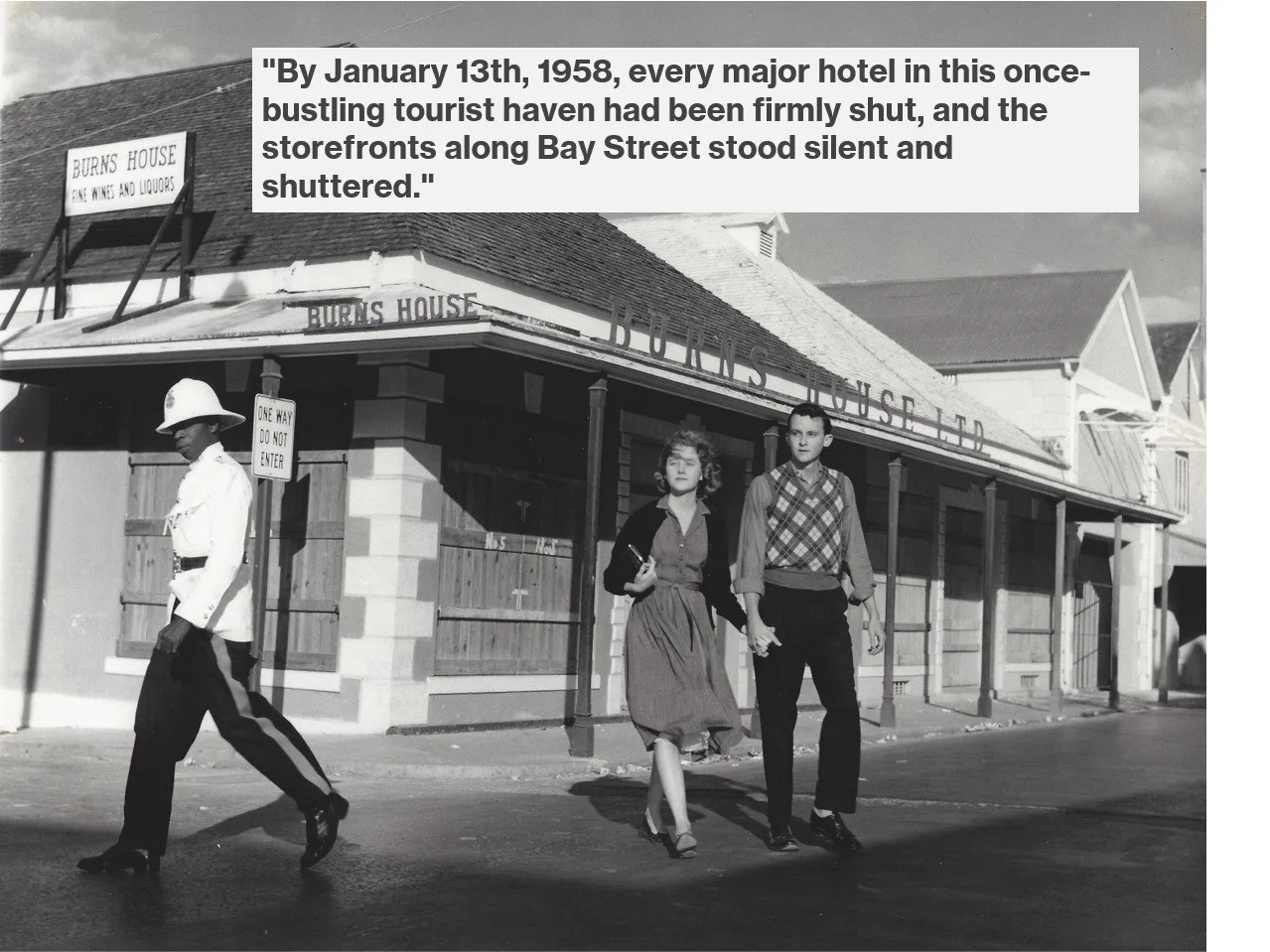
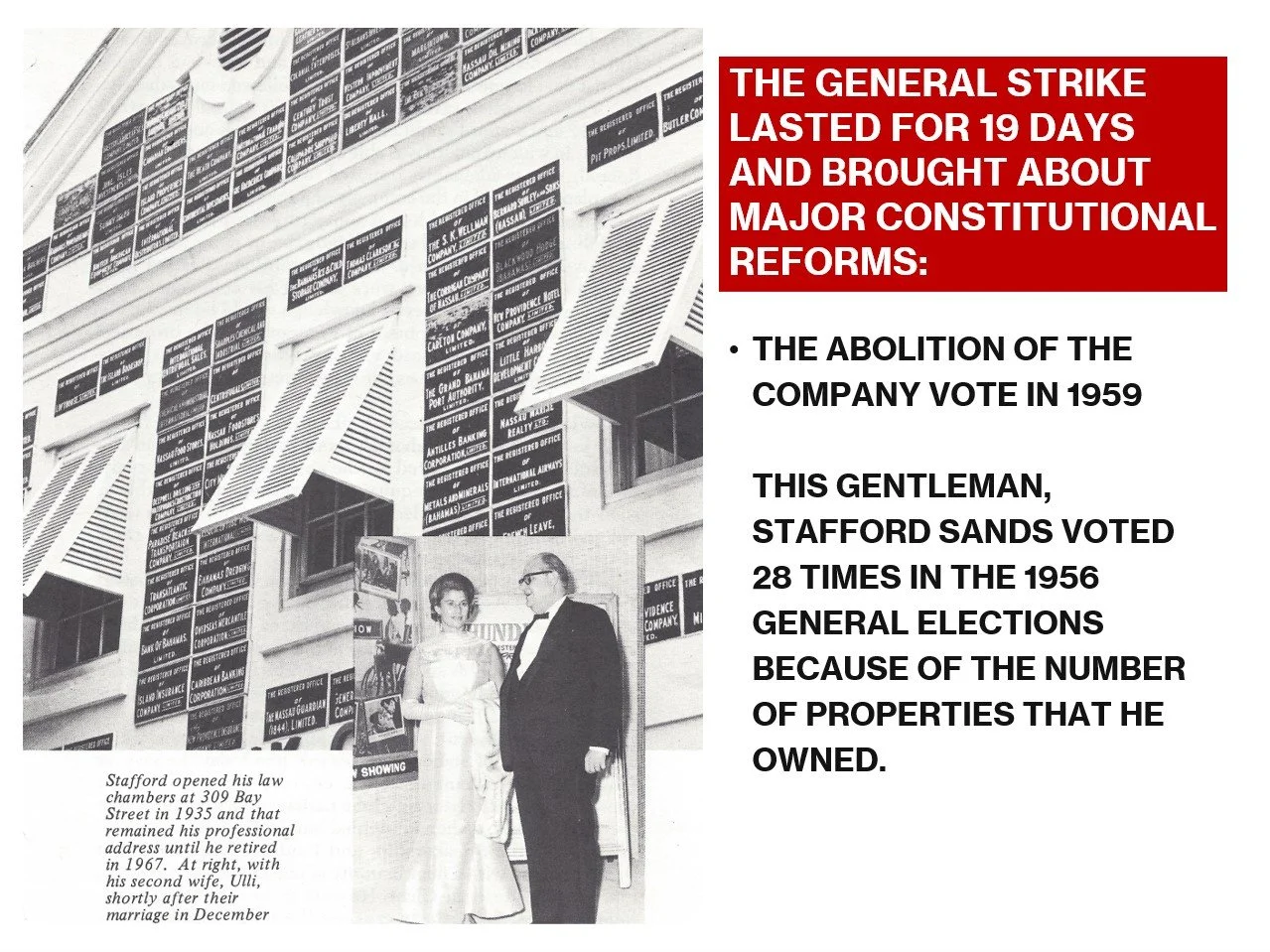
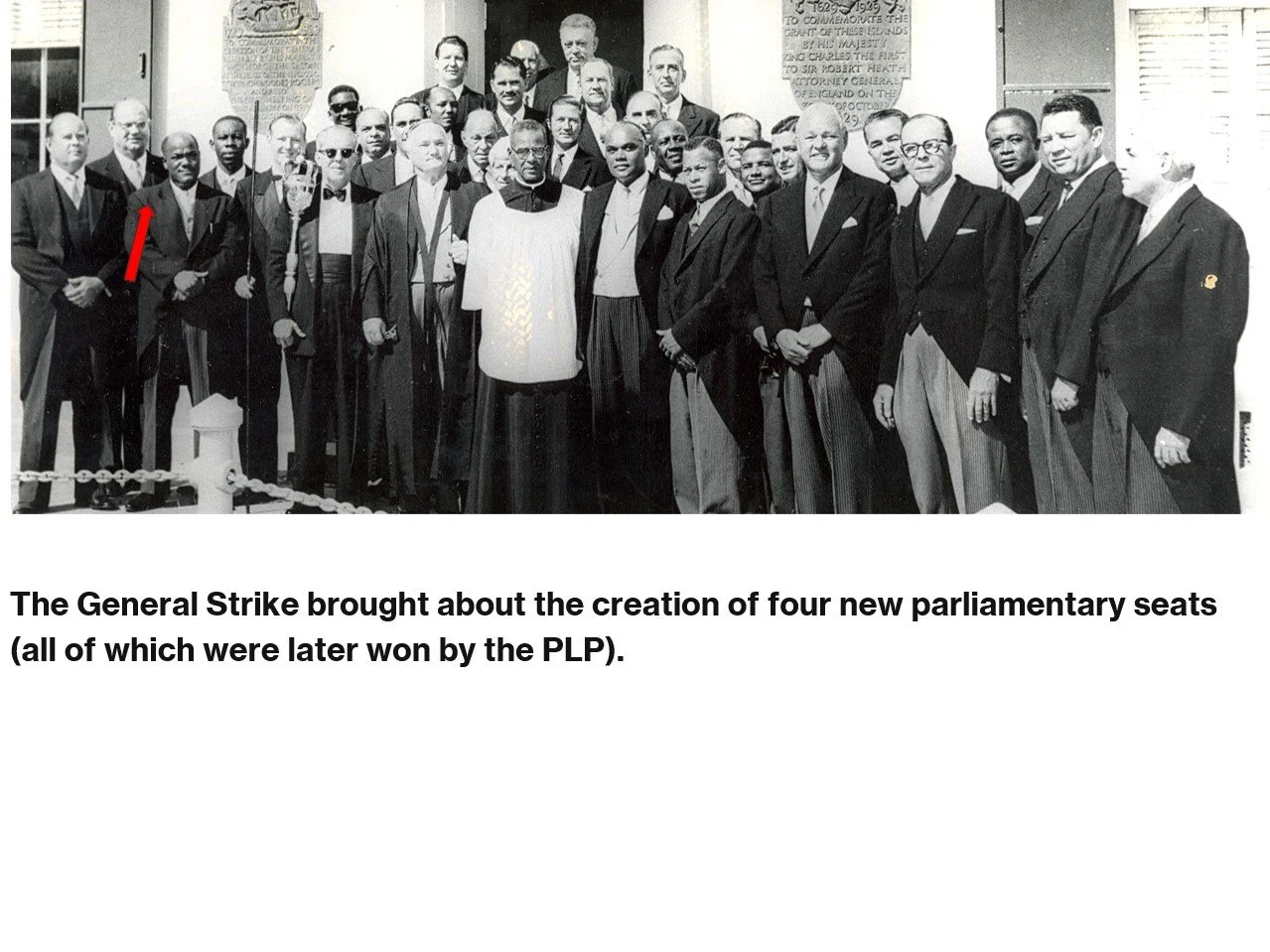
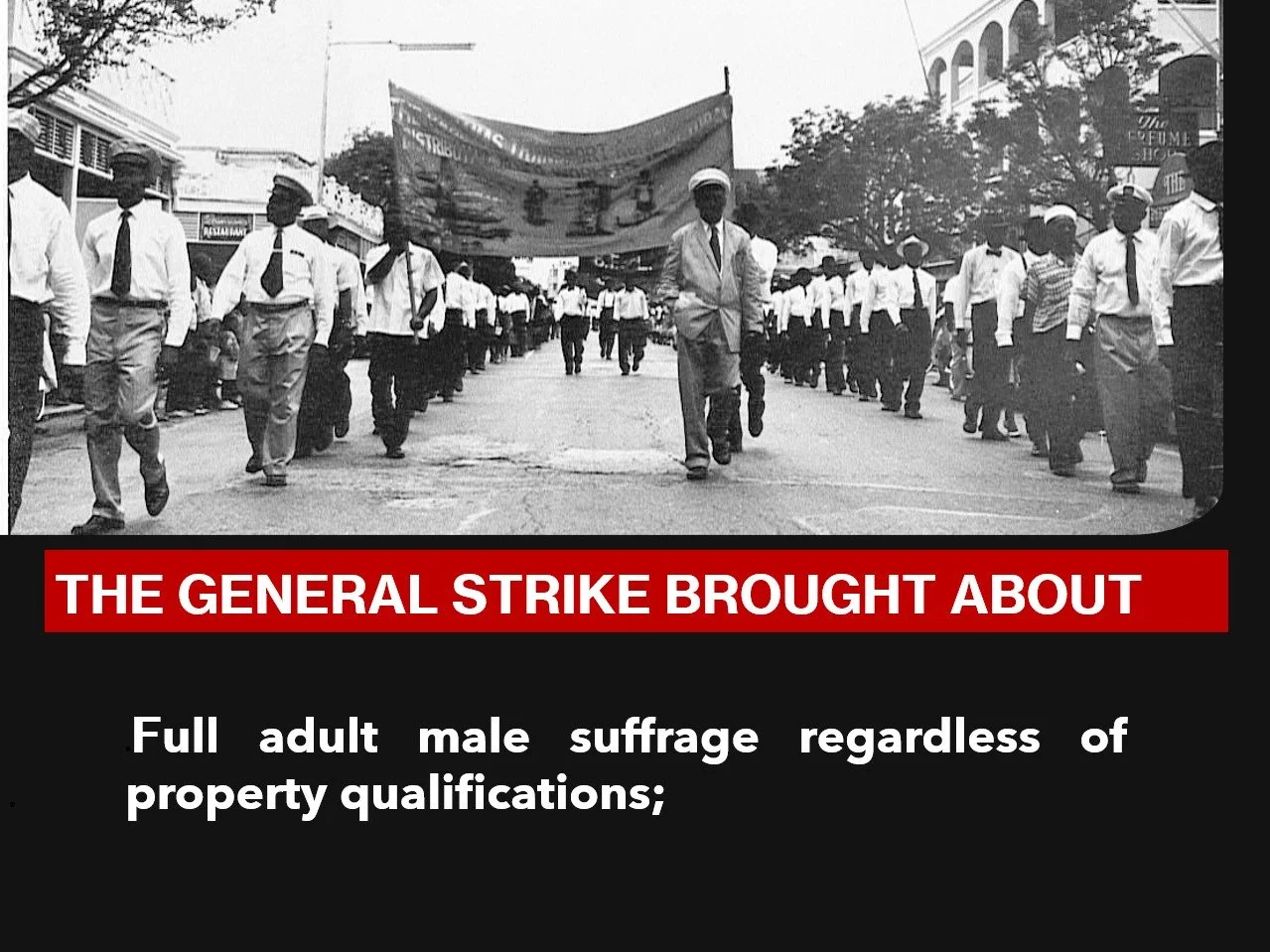

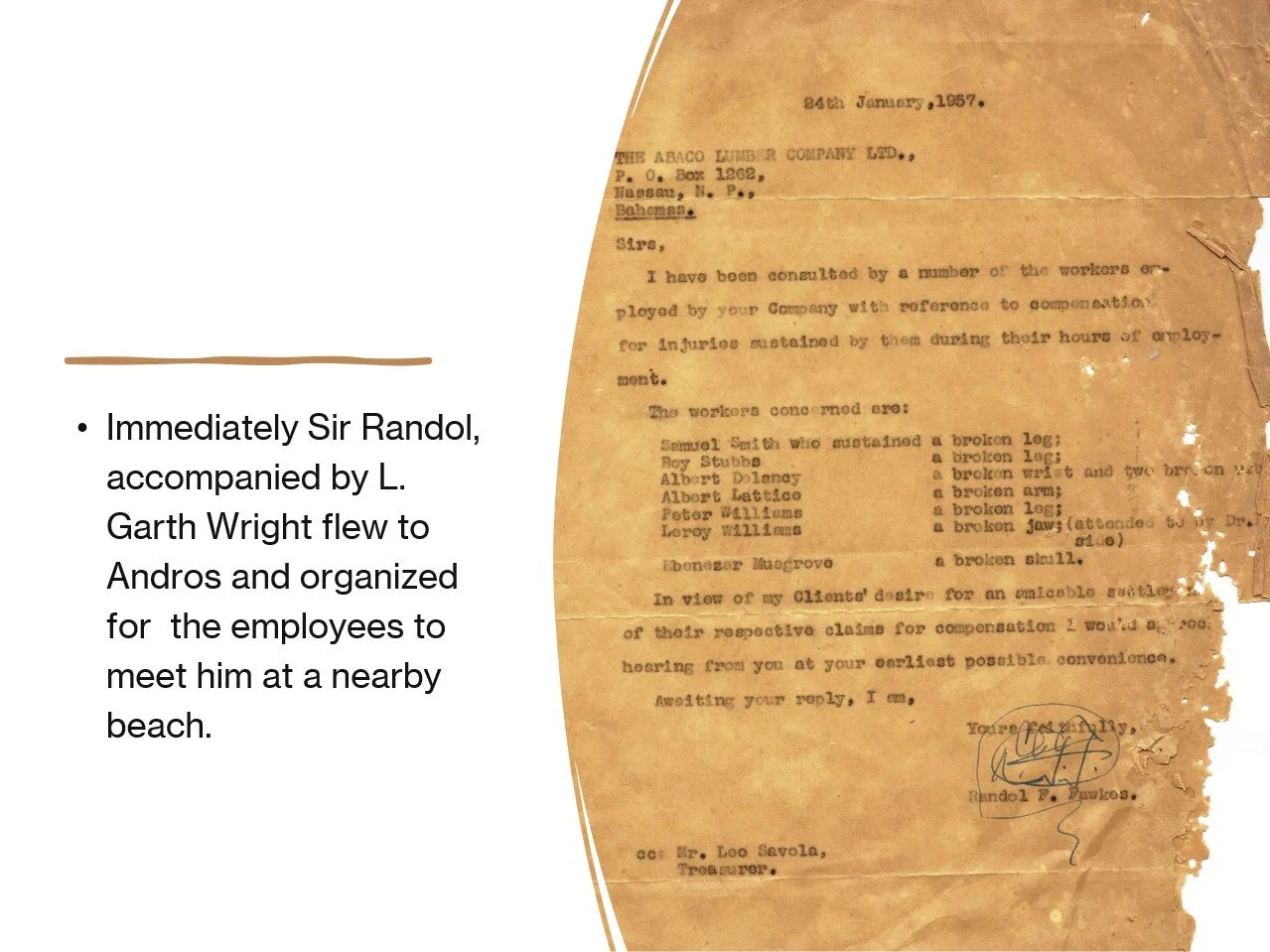
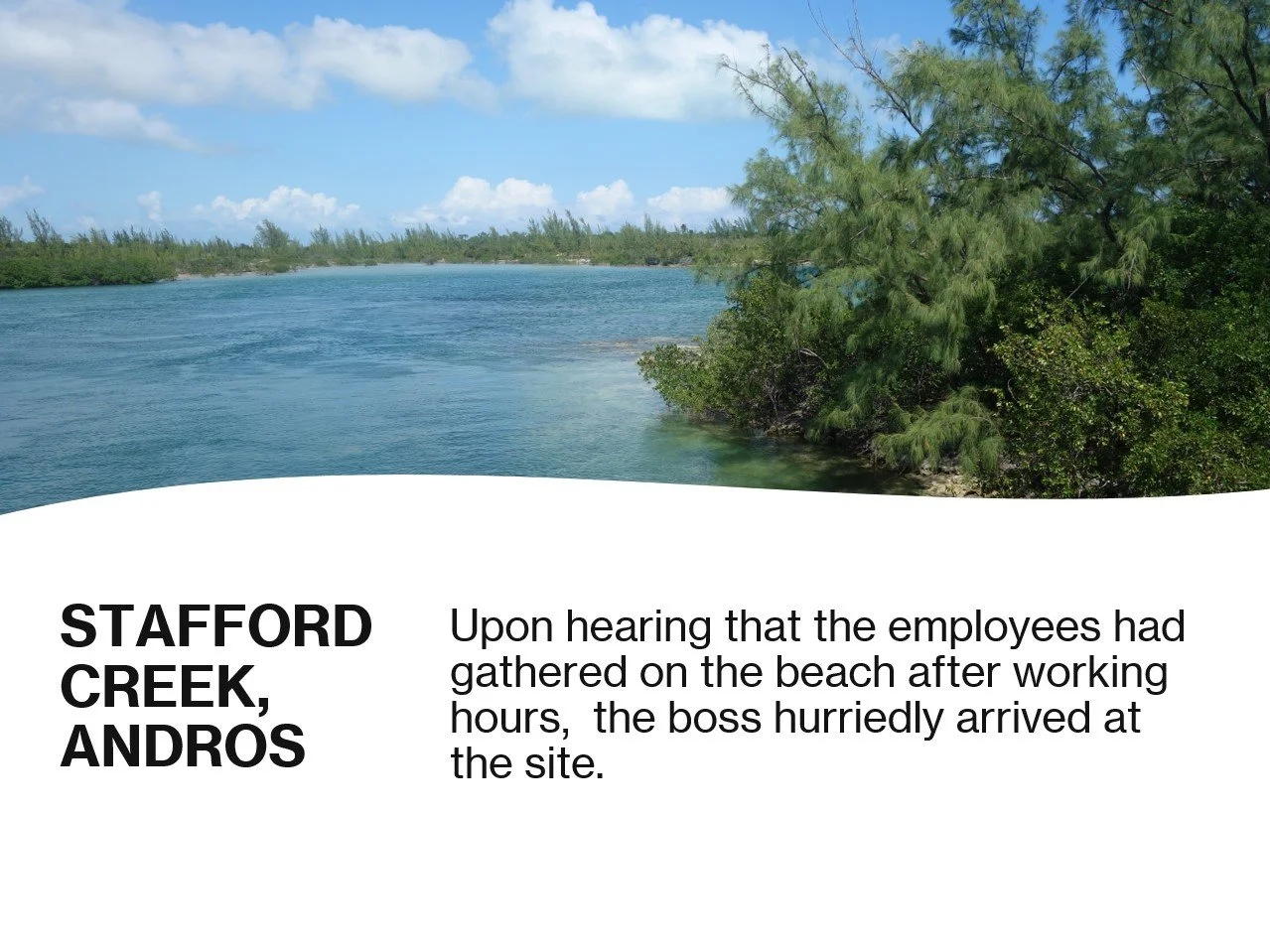
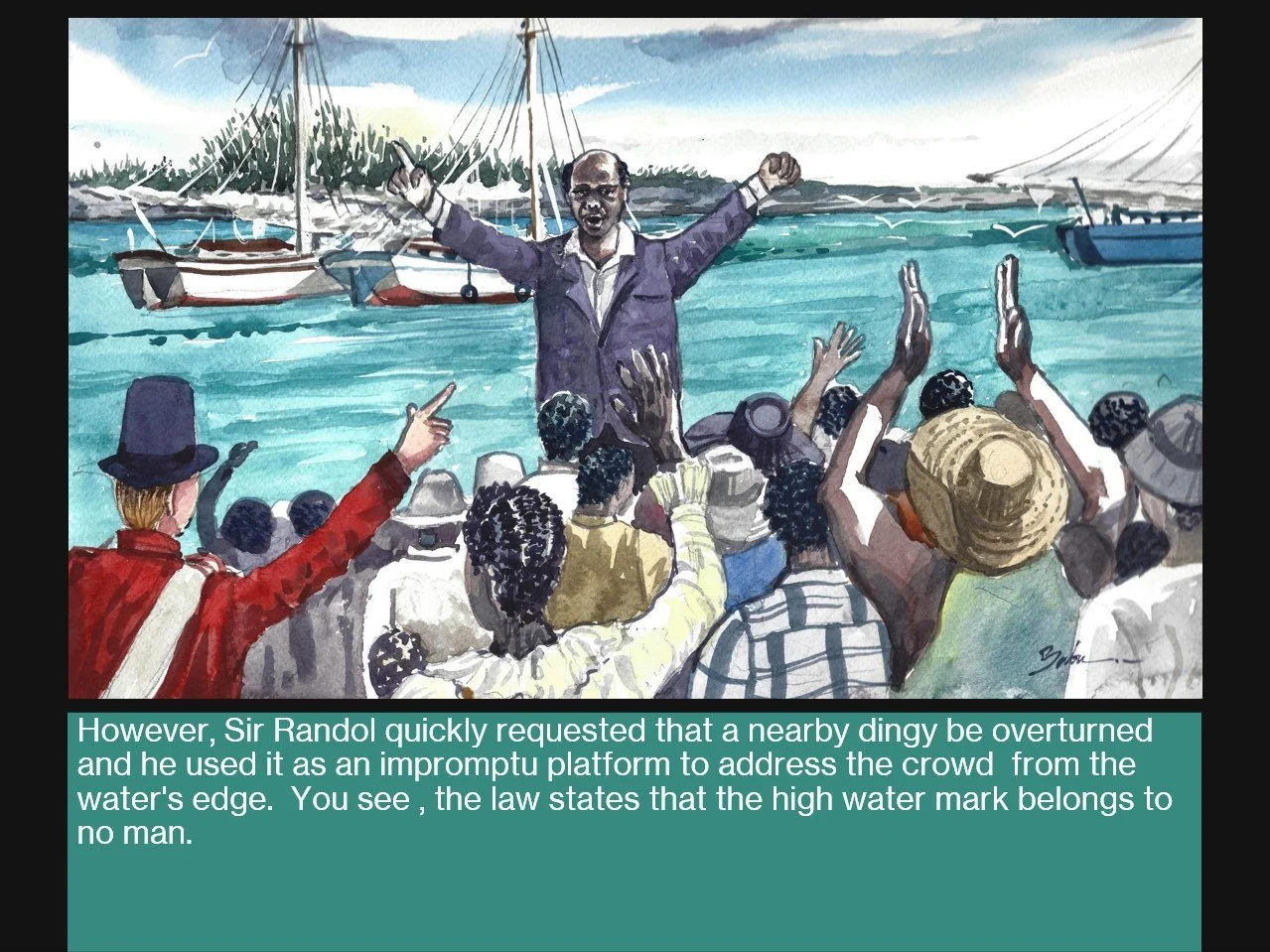
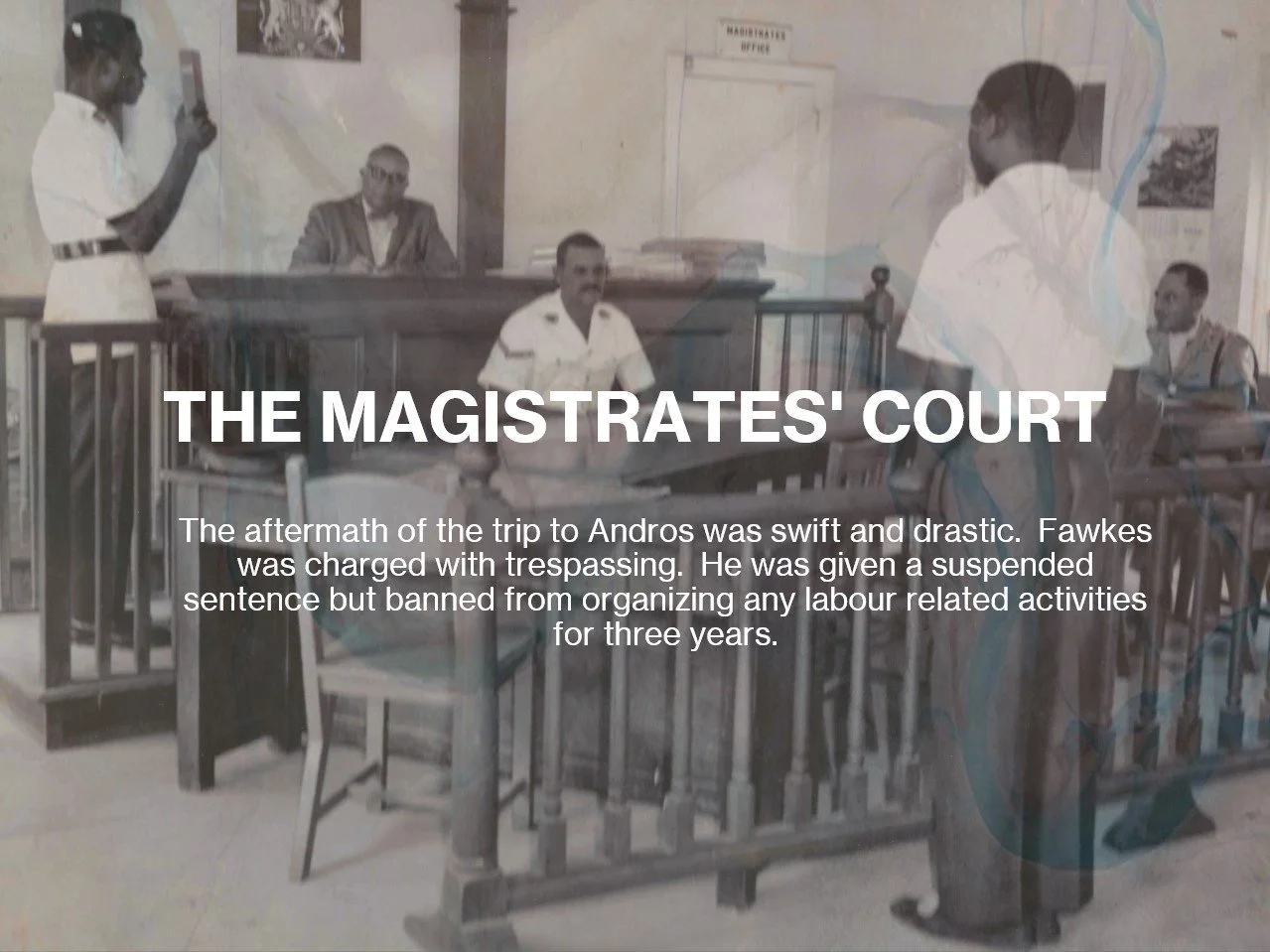
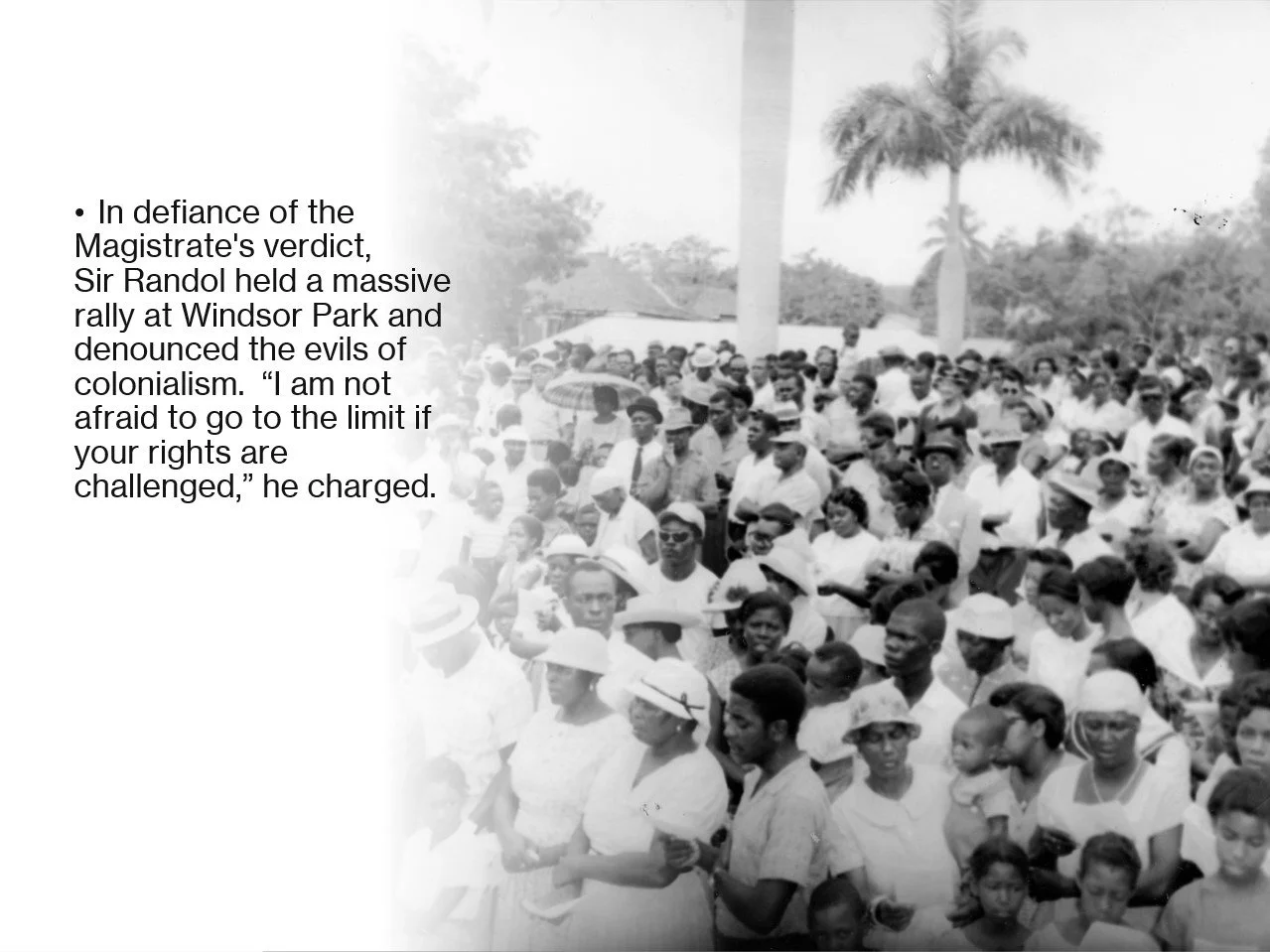
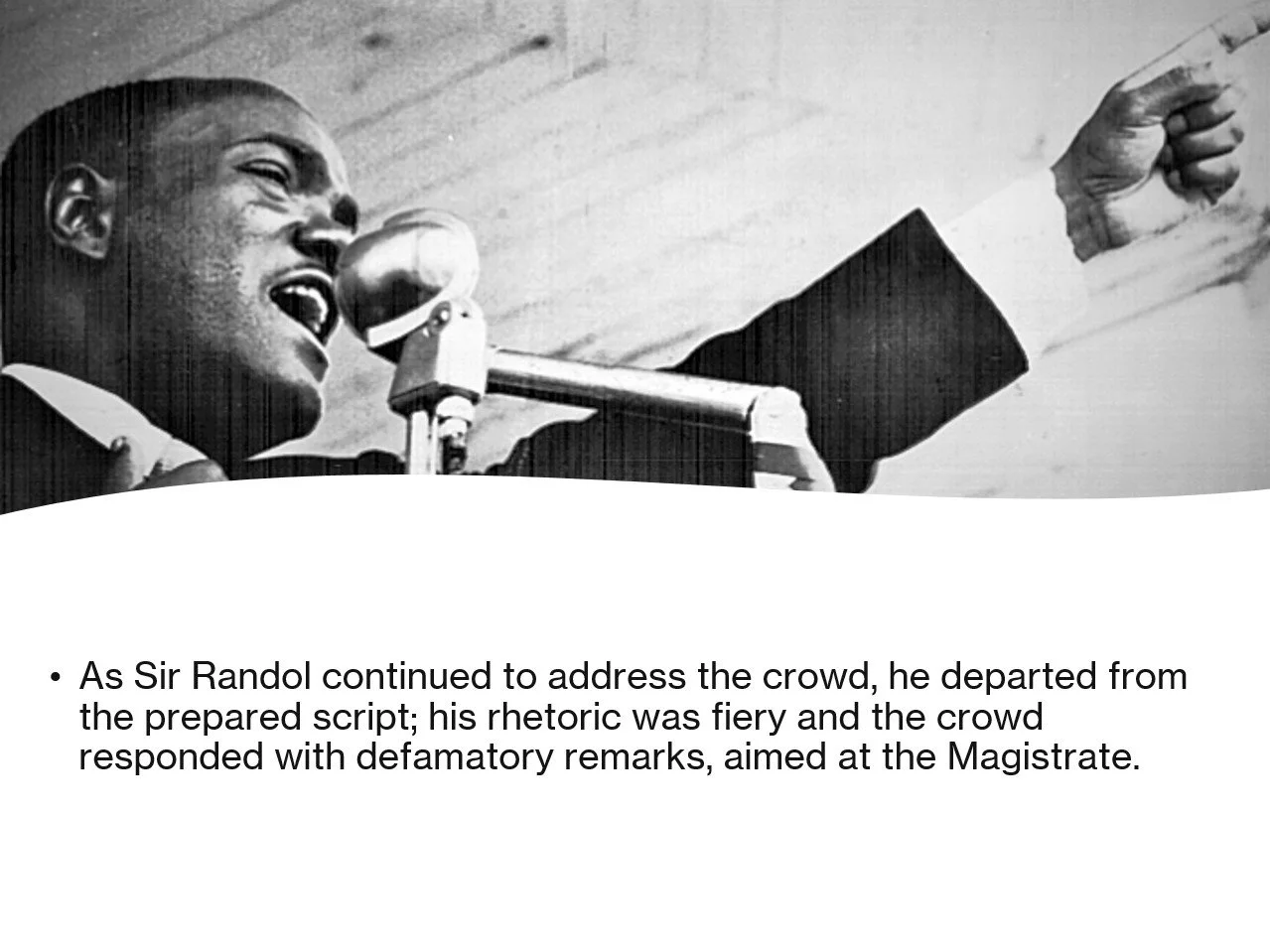
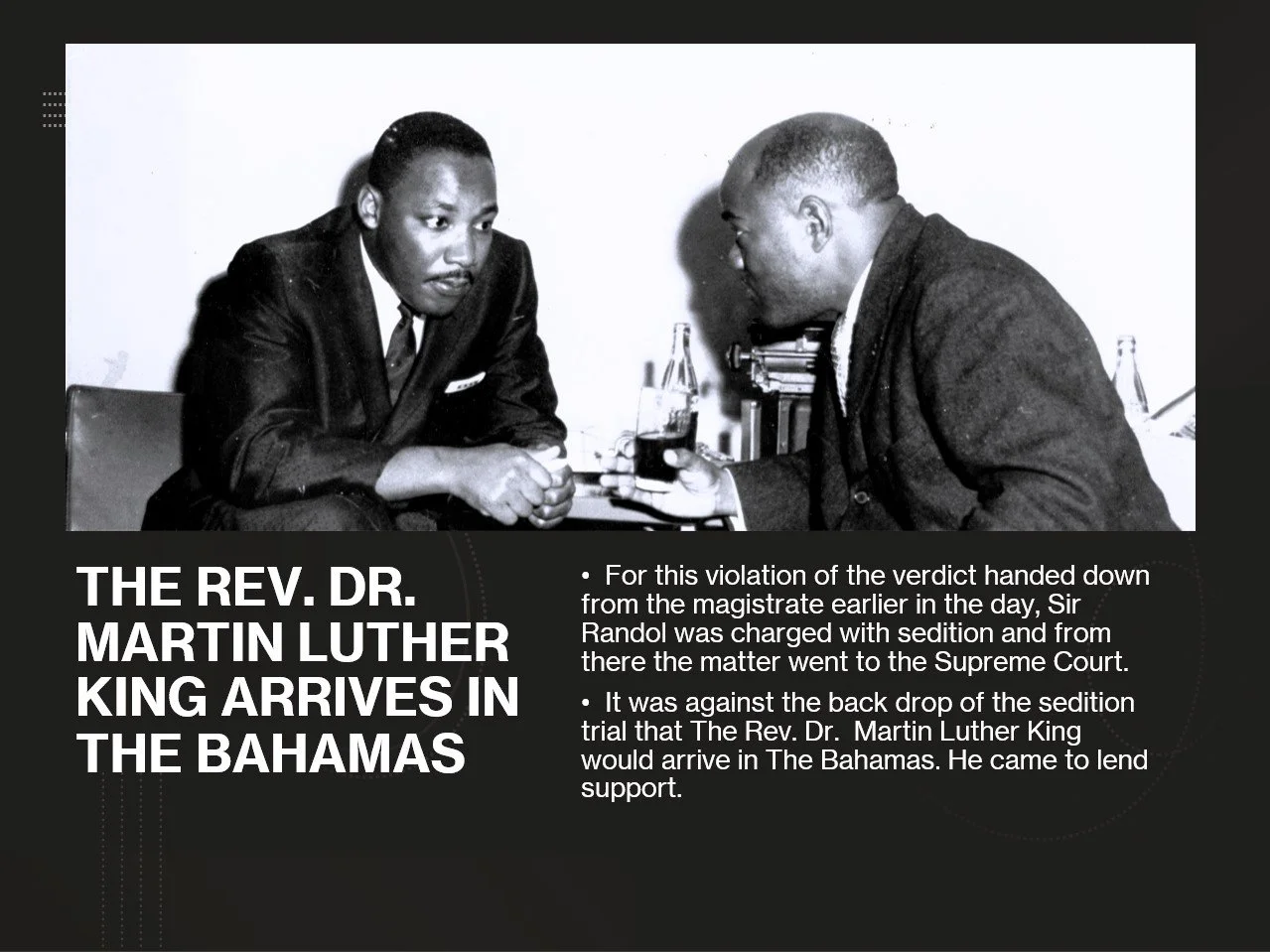
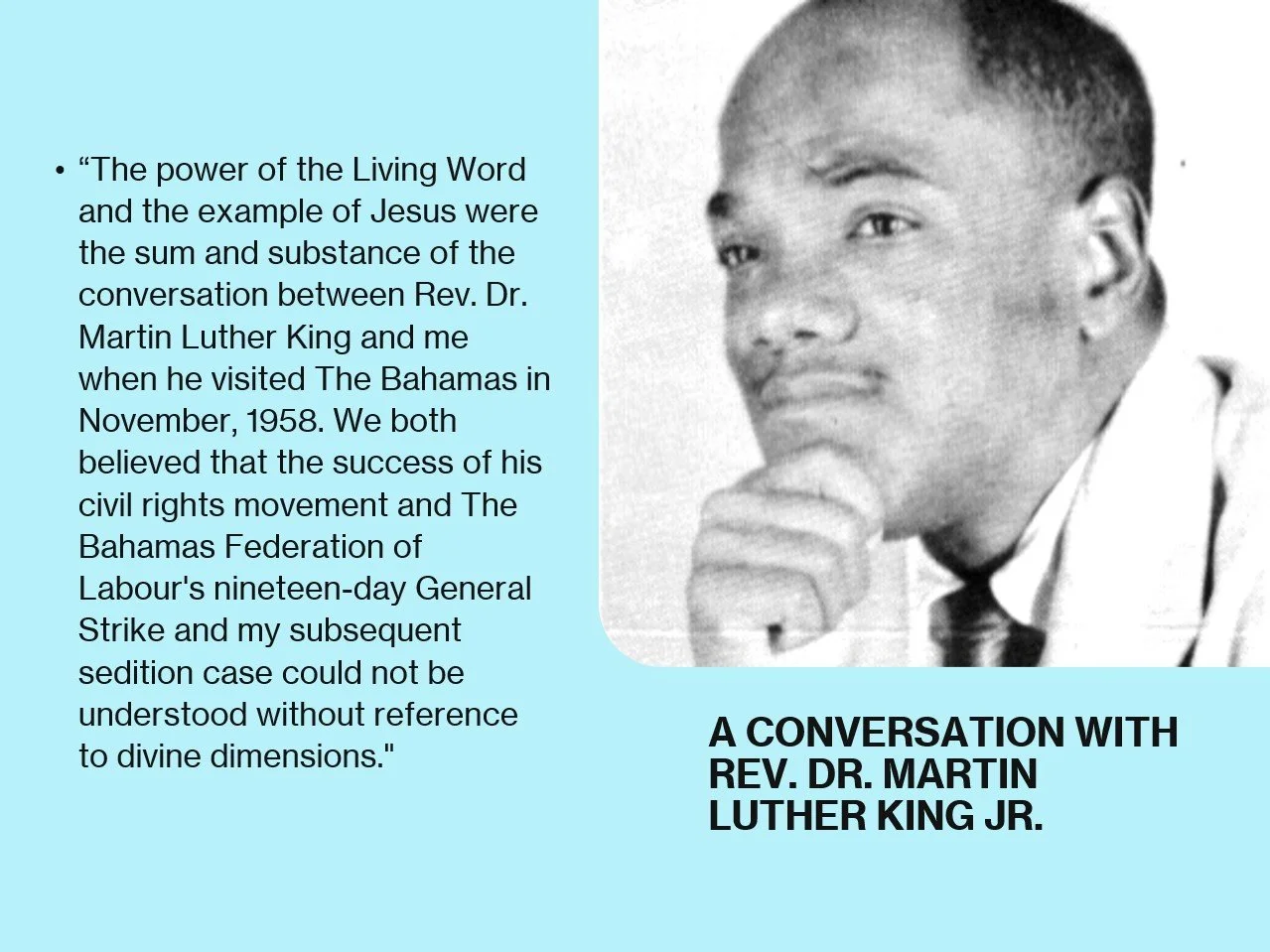
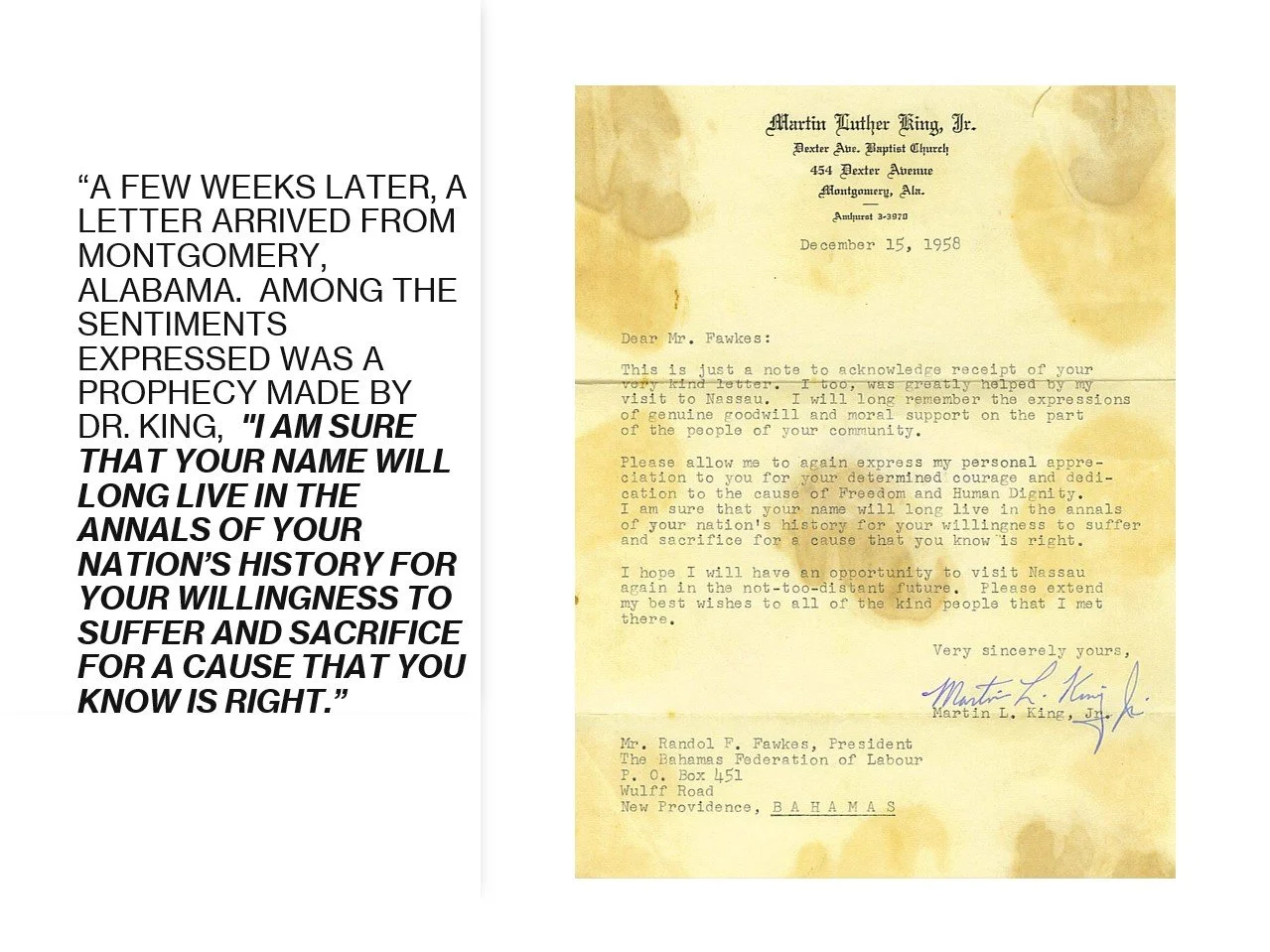
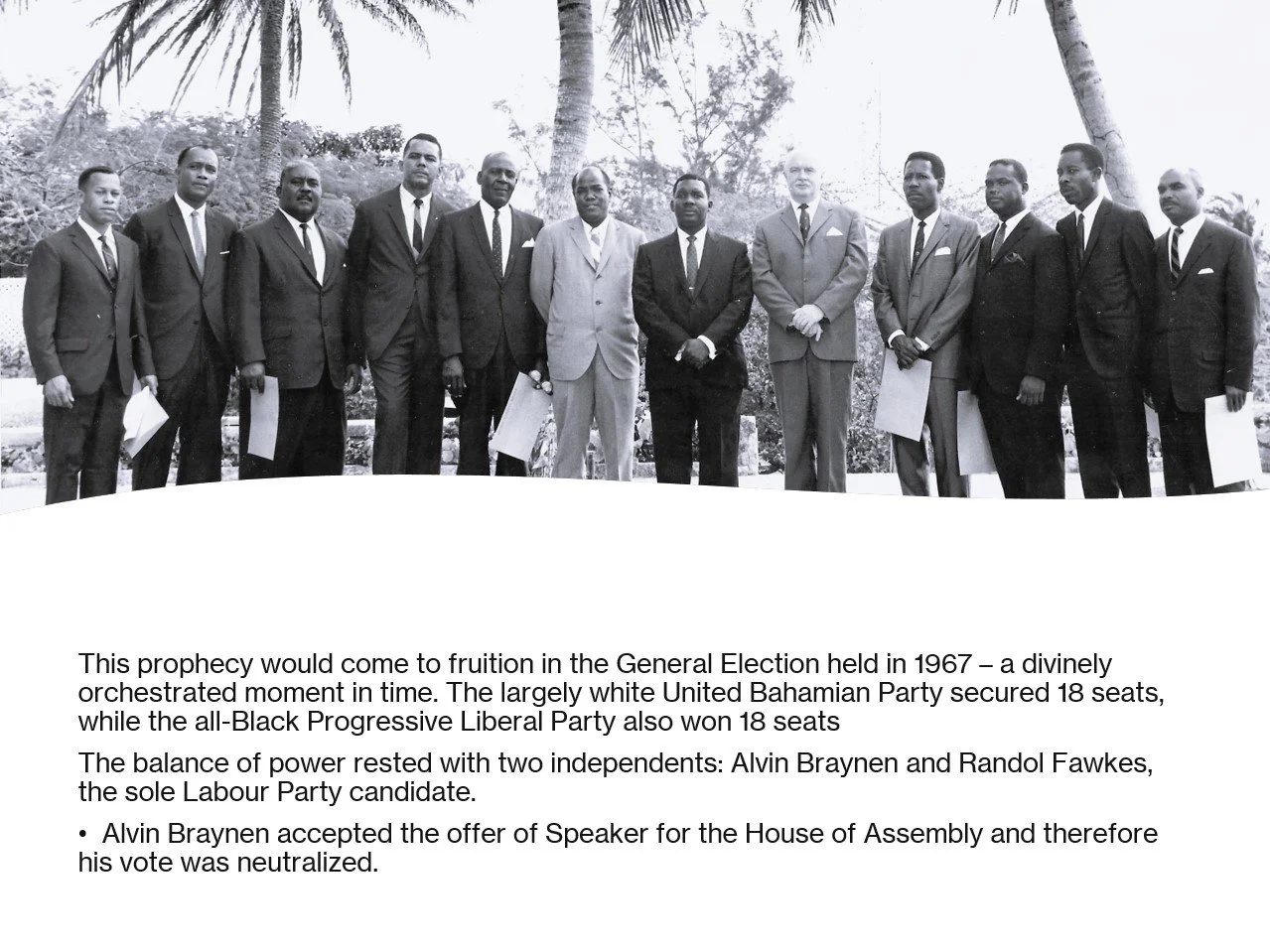
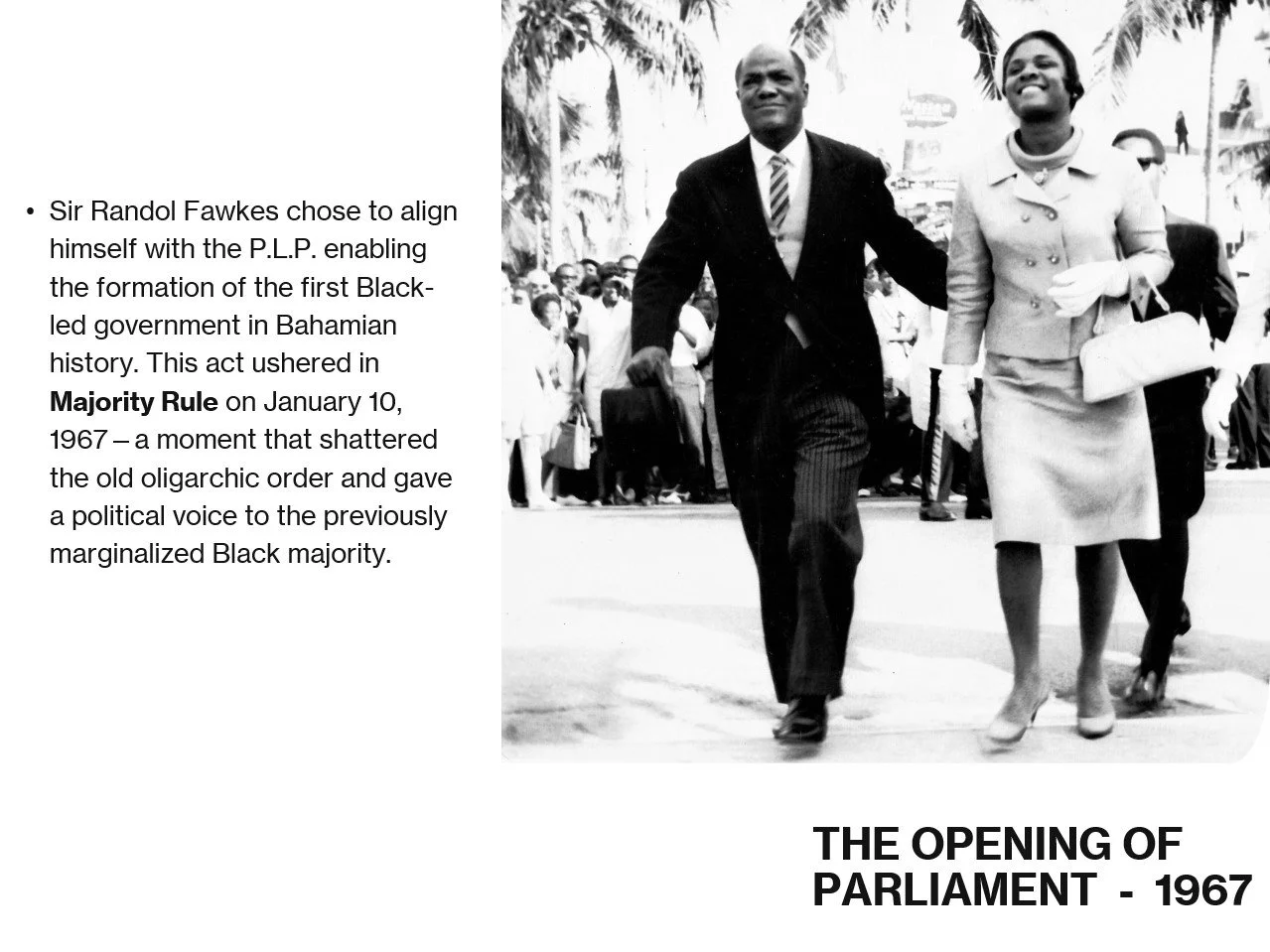
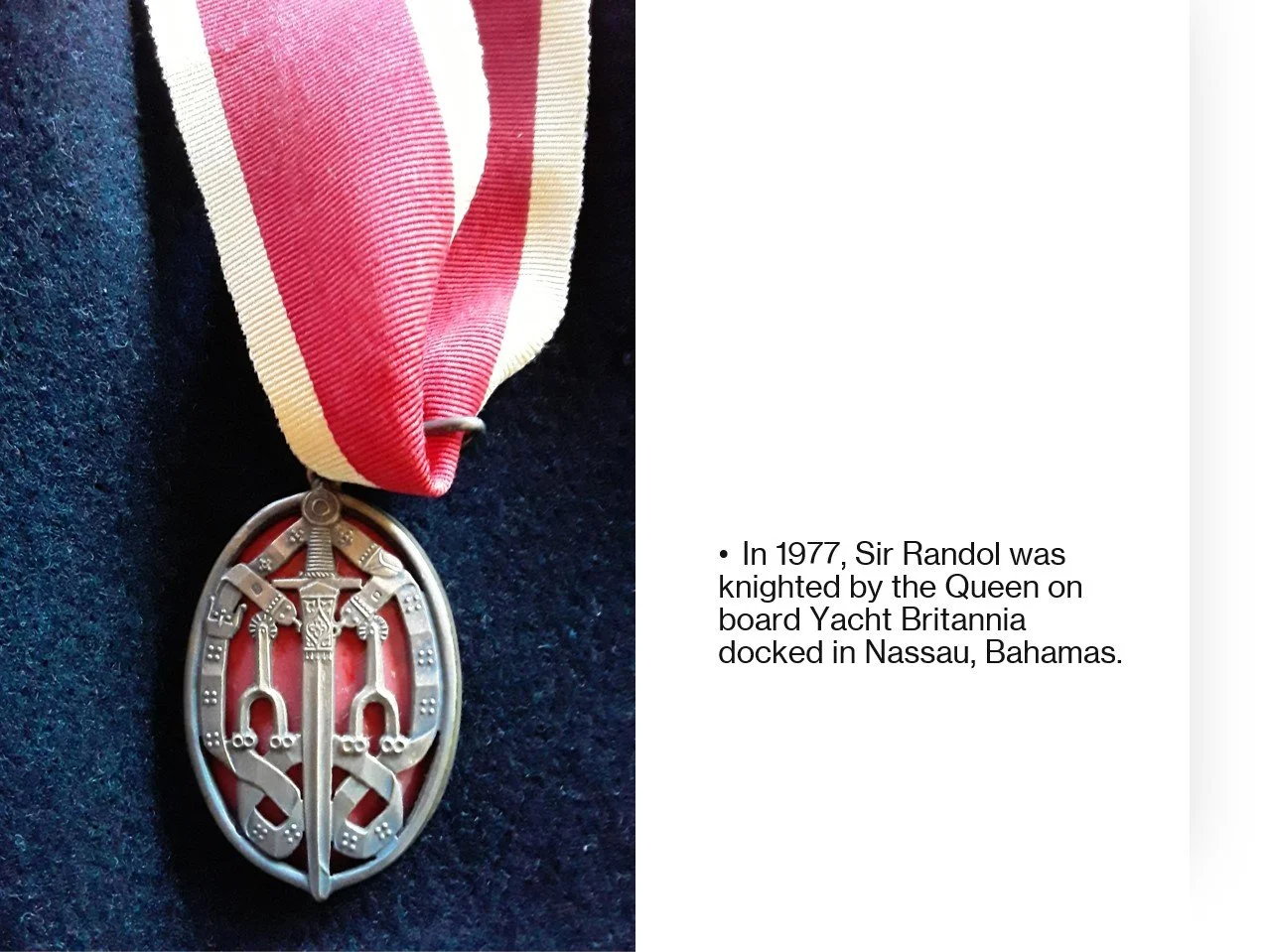
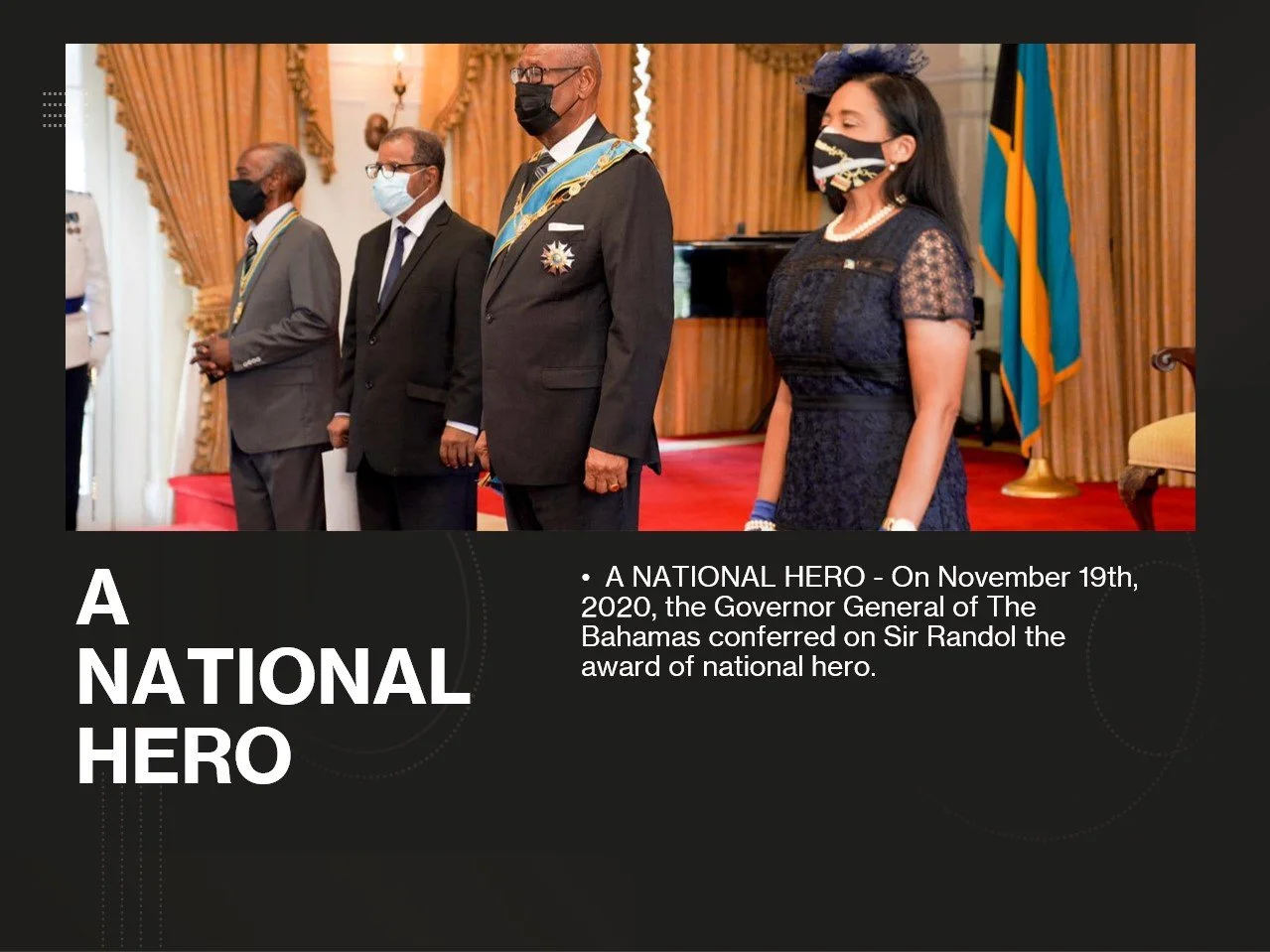
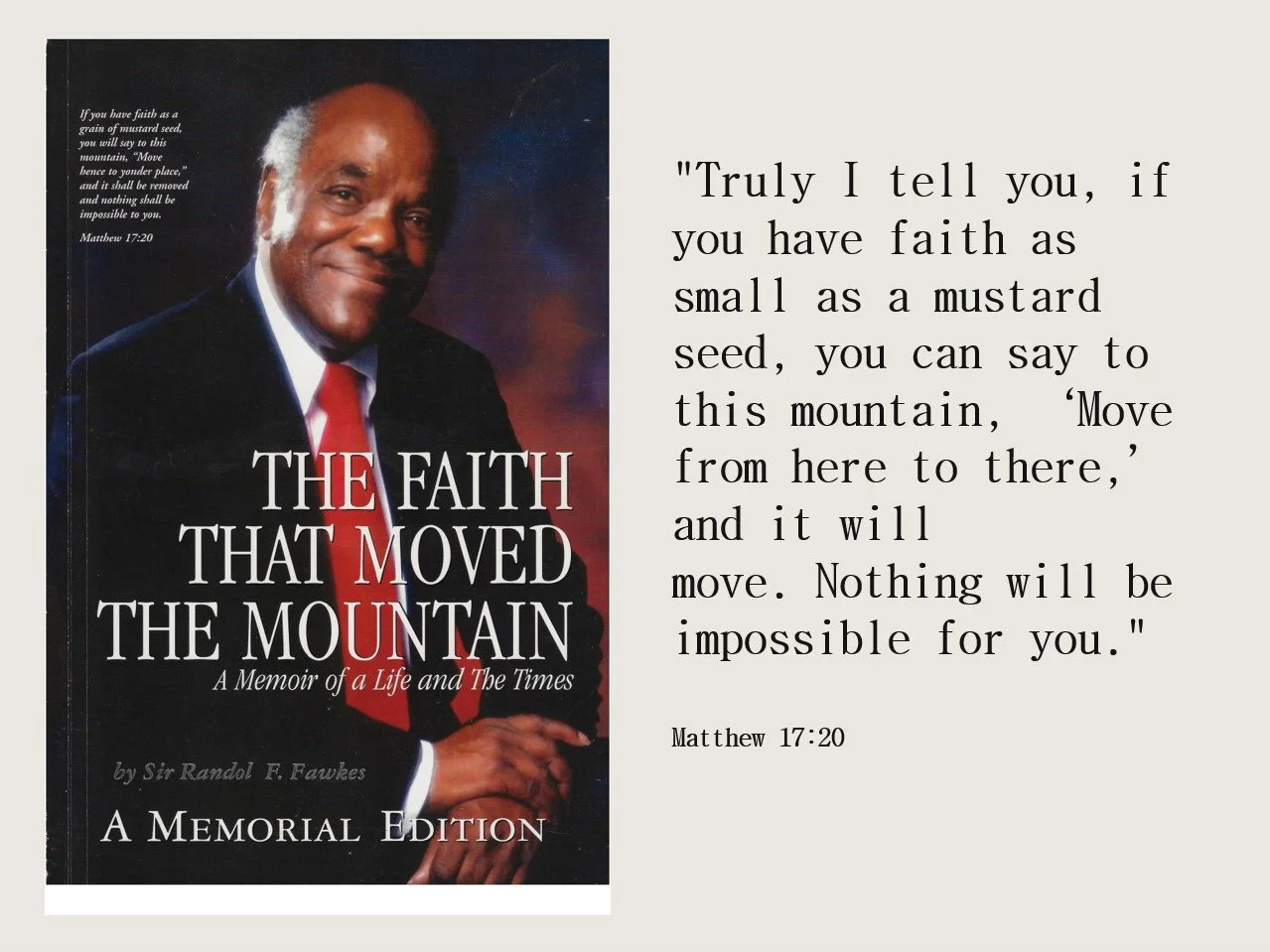
In January 2018, the Martin Luther King Holiday Was Observed in The Bahamas.
The Martin Luther King Jr. Holiday was commemorated in Nassau, Bahamas, with a special church service organized by Dr. Rita Pratt, founder of the annual Martin Luther King Birthday Church Service in The Bahamas.
Held at Mission Baptist Church, located at the intersection of East and Hay Streets, the inspiring event captured the spirit of the civil rights era. Notably, during one of his visits to Nassau, Dr. King visited this very church and met with the then-pastor, the late Rev. R.E. Cooper Sr.
Dr. Pratt, who also serves as Director of the African Bahamian Museum, was presented with a copy of a letter Dr. King wrote to Sir Randol Fawkes, as well as a photograph from Dr. King’s visit to The Bahamas.
Among the attendees were Bain Town Member of Parliament Mr. Travis Robinson, former senator Jacinta Higgs, school students, and descendants of Bahamians who had befriended Dr. King during his visits to the country.


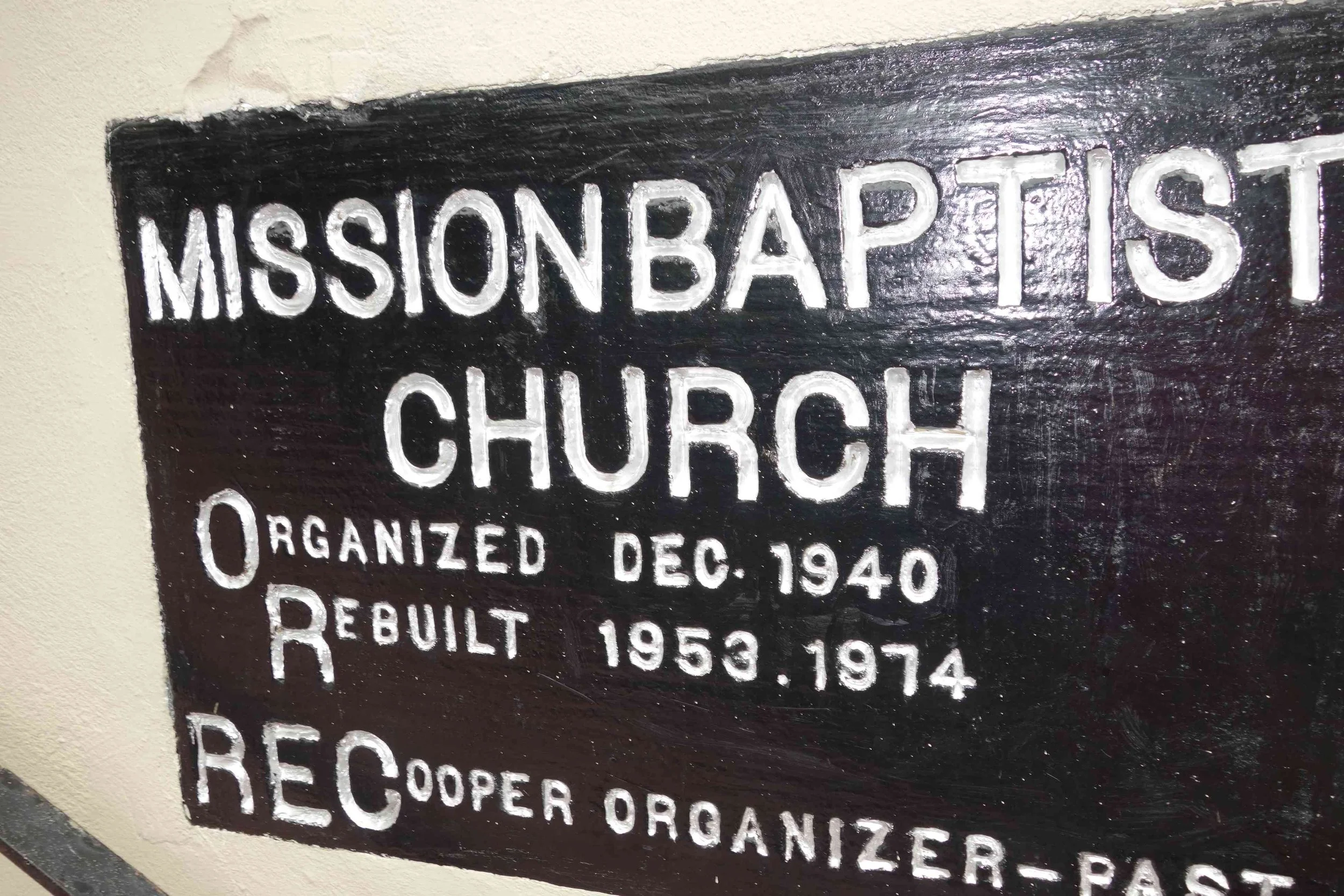

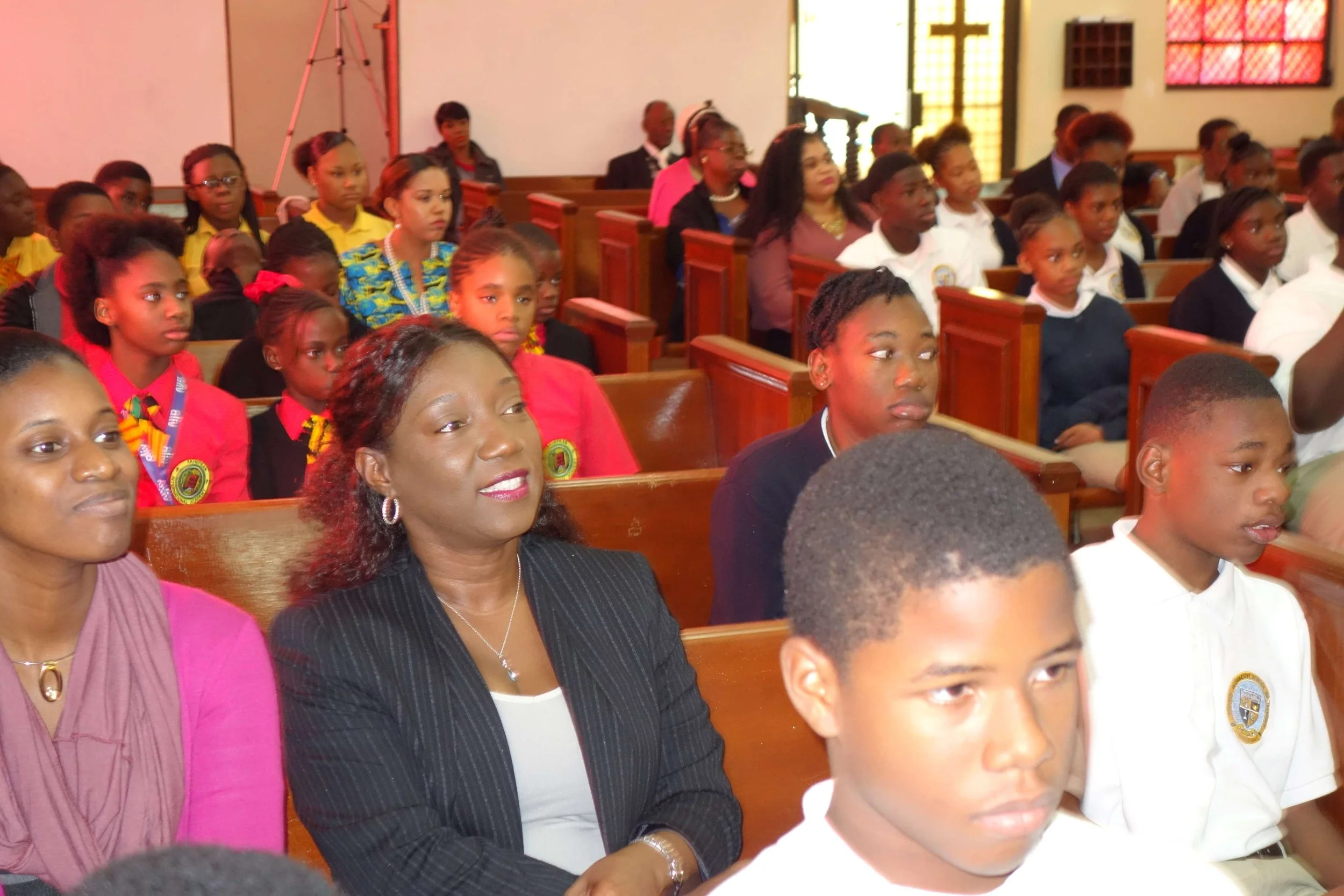










Street Artists Pay Tribute to Rev. Dr. Martin Luther King and Pioneers in the Civil Rights Movement in the Bahamas.
Under the leadership of Lend a Hand Bahamas, prominent Bahamian artists, community leaders, and college students came together to honor pioneering Bahamian and American civil rights icons. Through vibrant murals painted on walls in the very neighborhood where Rev. Dr. Martin Luther King Jr. lived during his visit to The Bahamas in 1958, their legacy was powerfully brought to life.
More than just a beautification project, the murals ignited a renewed sense of pride in the Over-the-Hill community—an area known for producing many of the nation’s most influential leaders. At the unveiling ceremony, cultural enthusiasts, musicians, youth groups, and visual artists gathered to pay tribute and celebrate the enduring spirit of those who fought for justice and progress in Bahamaland.












